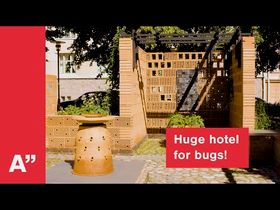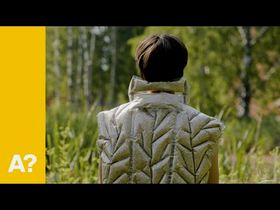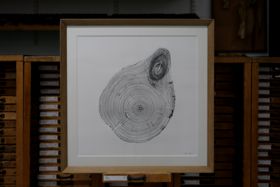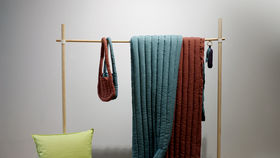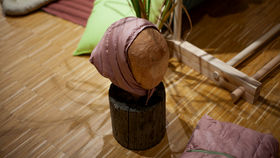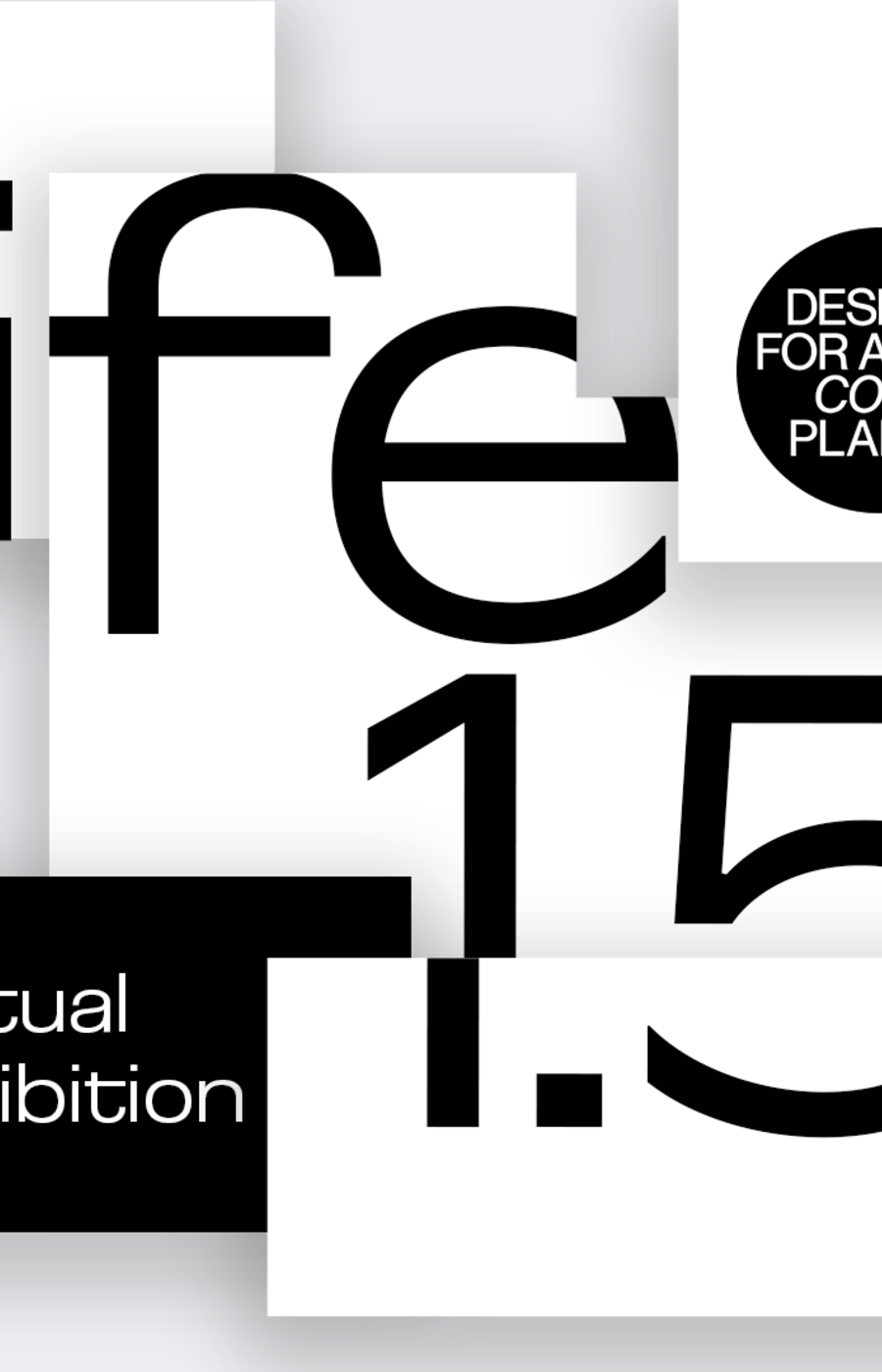
Life 1.5 philosophy
Personal artefacts instead of disposable mass products
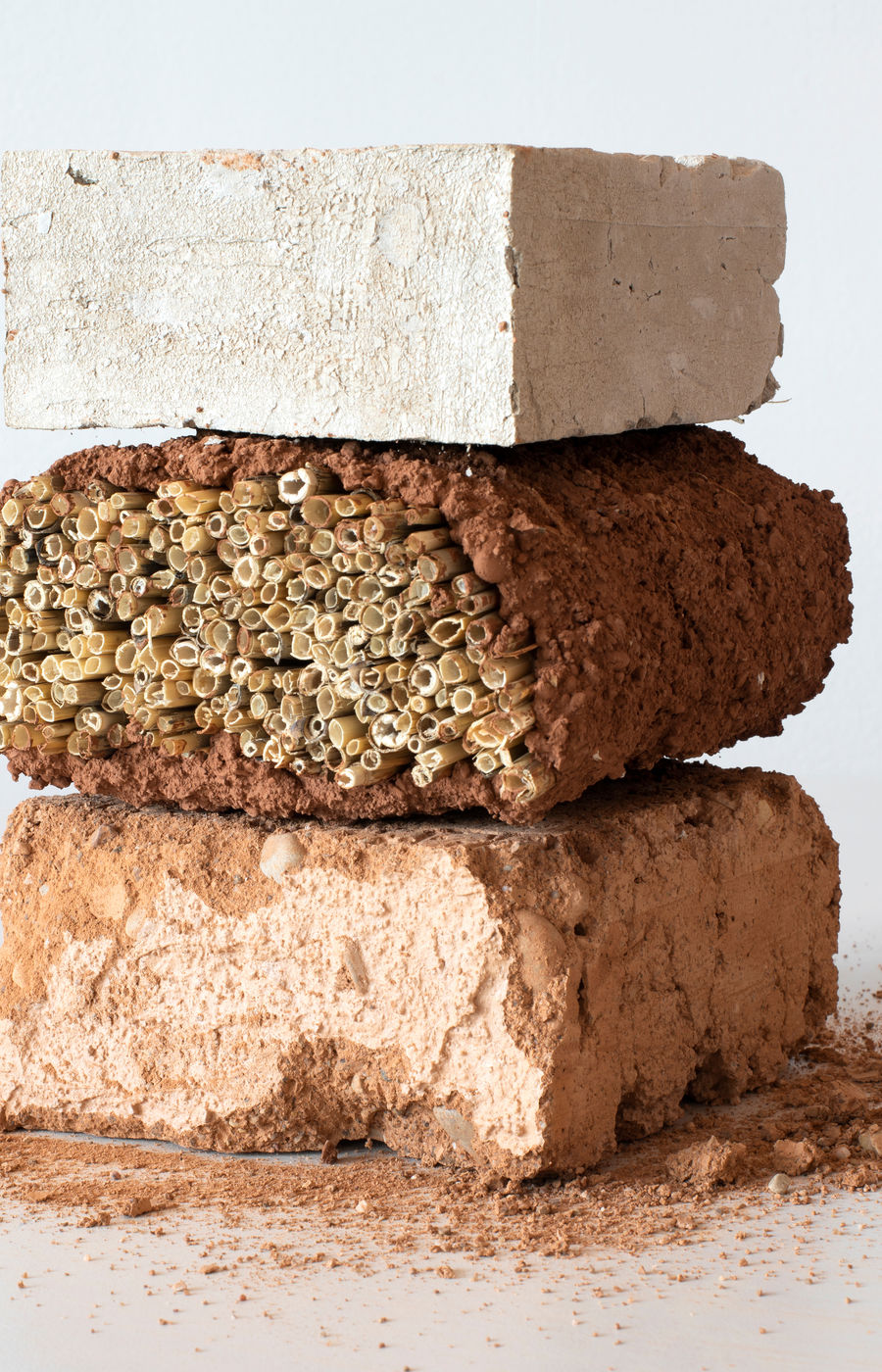
Each tree, building, garment or even a portion of food has a life of its own, an own individual footprint and a life story. We should relearn to respect our belongings and surroundings. Treat resources with care, not as disposables.
See how our researchers, designers and entrepreneurs envision Life 1.5 and build a stronger relationship with nature.
Explore all of the over 20 projects in Väre, Otaniemi, during
8.9. – 12.10.2022
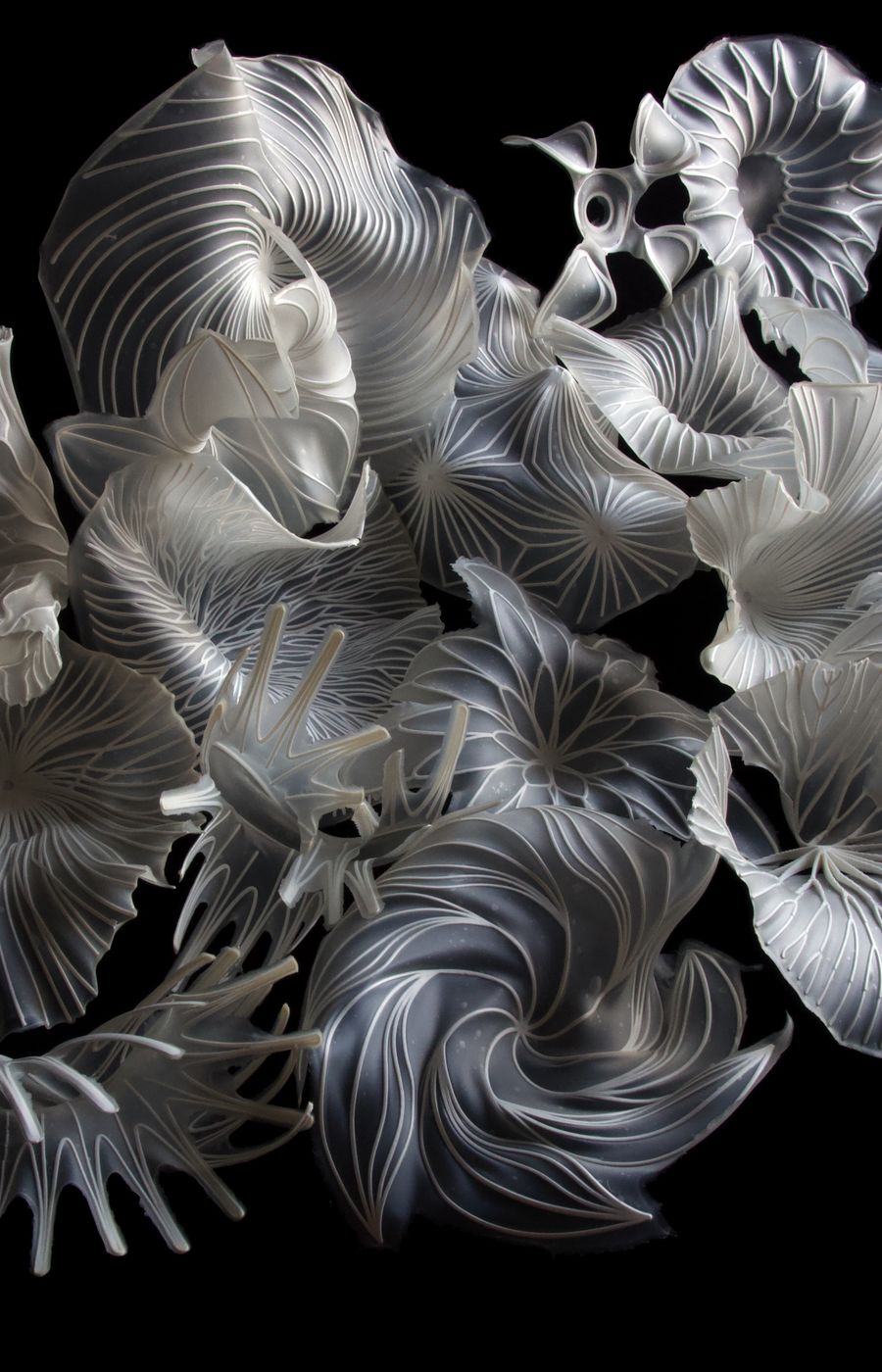
Inspired by nature
Learning from the most refined system known could take us towards a better future.
Nature is as close to a flawless system as it comes.
It is functional, systematic and resource efficient. All members of an ecosystem have an important role, and what affects one, affects all. Everything is in constant movement, always evolving.
Imagine all the things we could learn from it.
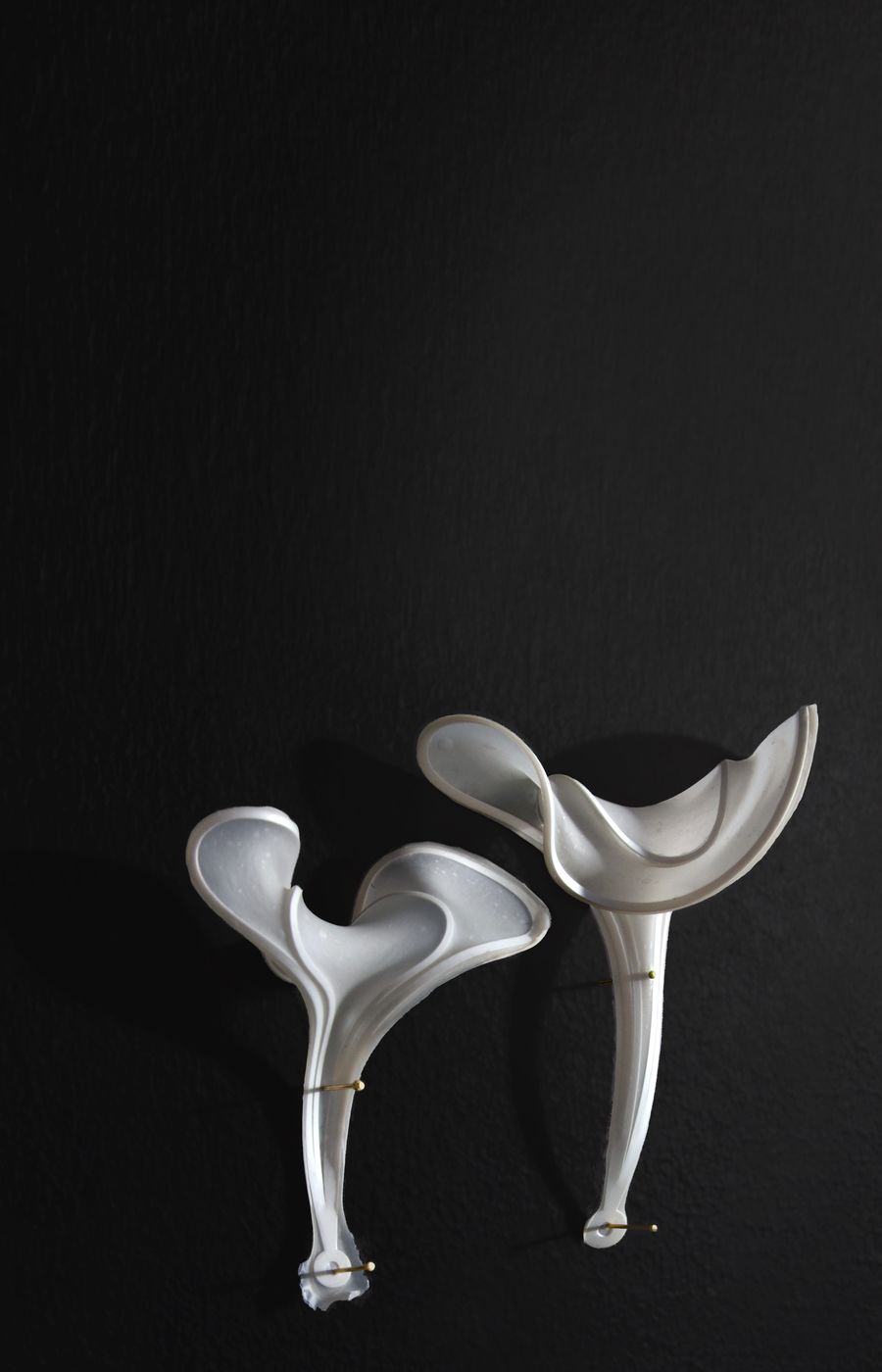
Nature is as close to a flawless system as it comes.
It is functional, systematic and resource efficient. All members of an ecosystem have an important role, and what affects one, affects all. Everything is in constant movement, always evolving.
Imagine all the things we could learn from it.
Second Nature by CHEMARTS showcases several prototypes of biomaterials, structural experiments and biocolours. Nature-inspired projects combine design and materials research, and they are designed by students, staff and alumni.
Second Nature by CHEMARTS
EXHIBITION PAGE
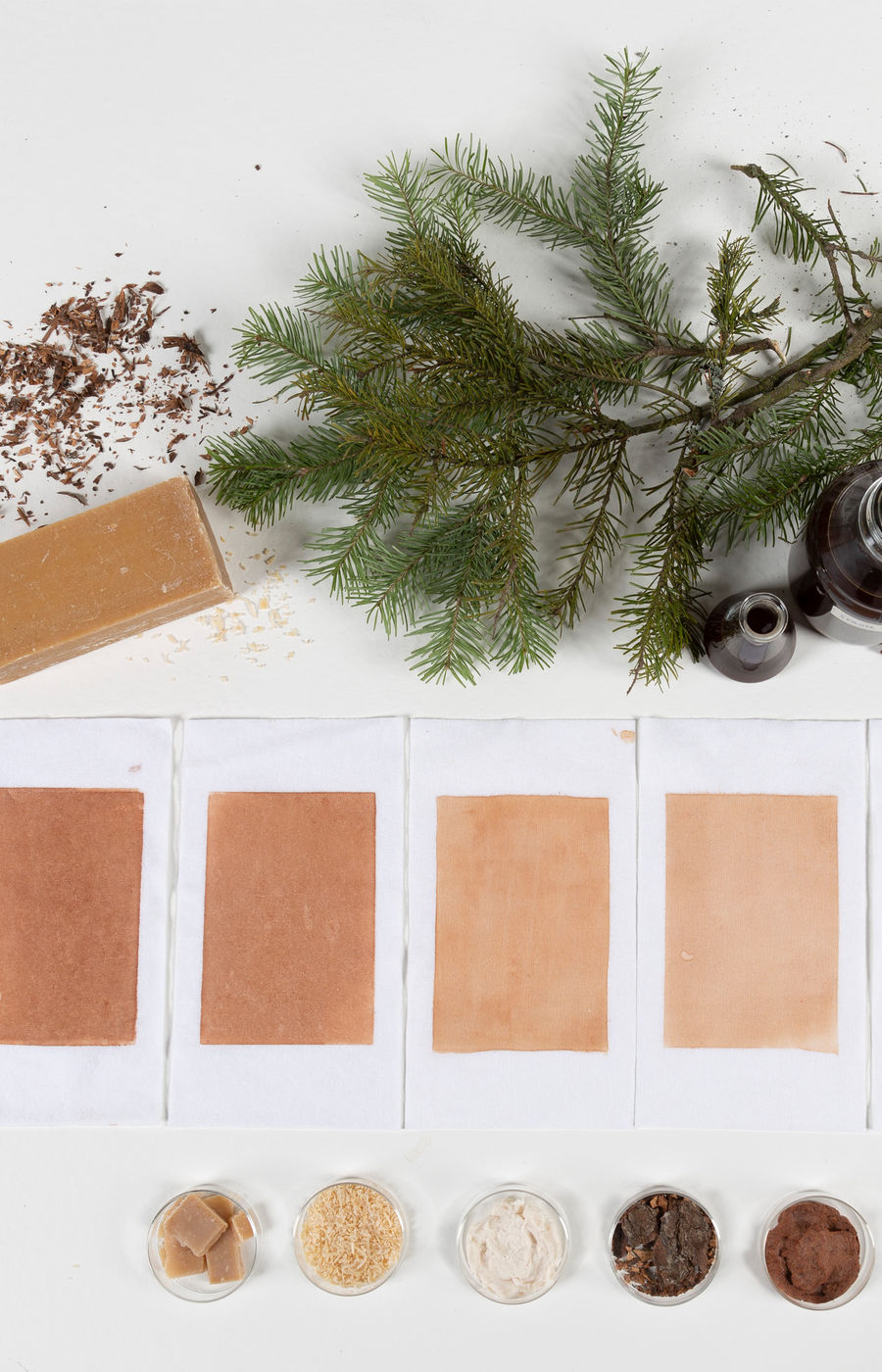
Second Nature by CHEMARTS showcases several prototypes of biomaterials, structural experiments and biocolours. Nature-inspired projects combine design and materials research, and they are designed by students, staff and alumni.
Second Nature by CHEMARTS
EXHIBITION PAGE
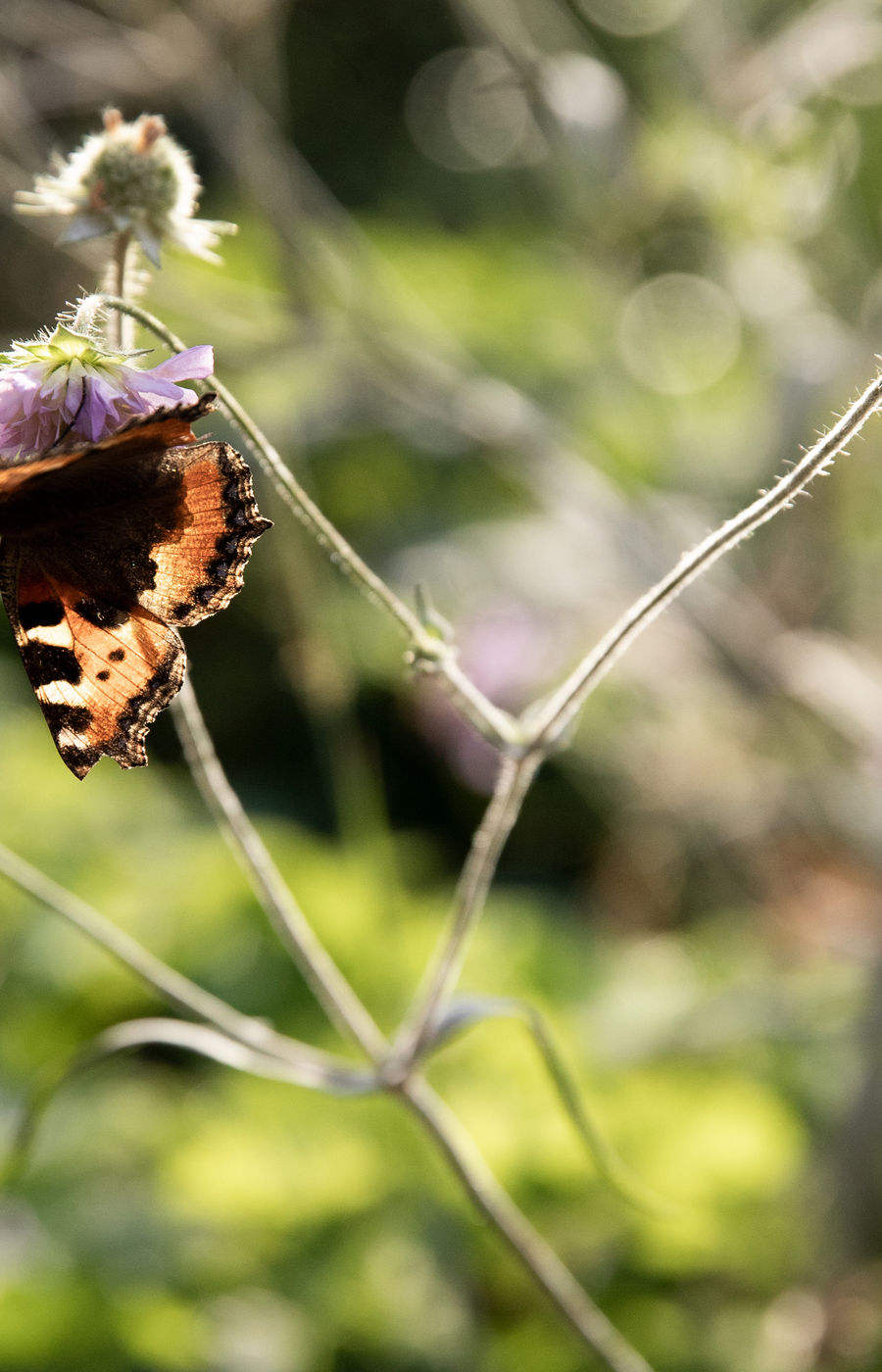
Architecture for revitalising biodiversity
Nature is invited back into densely built cities.
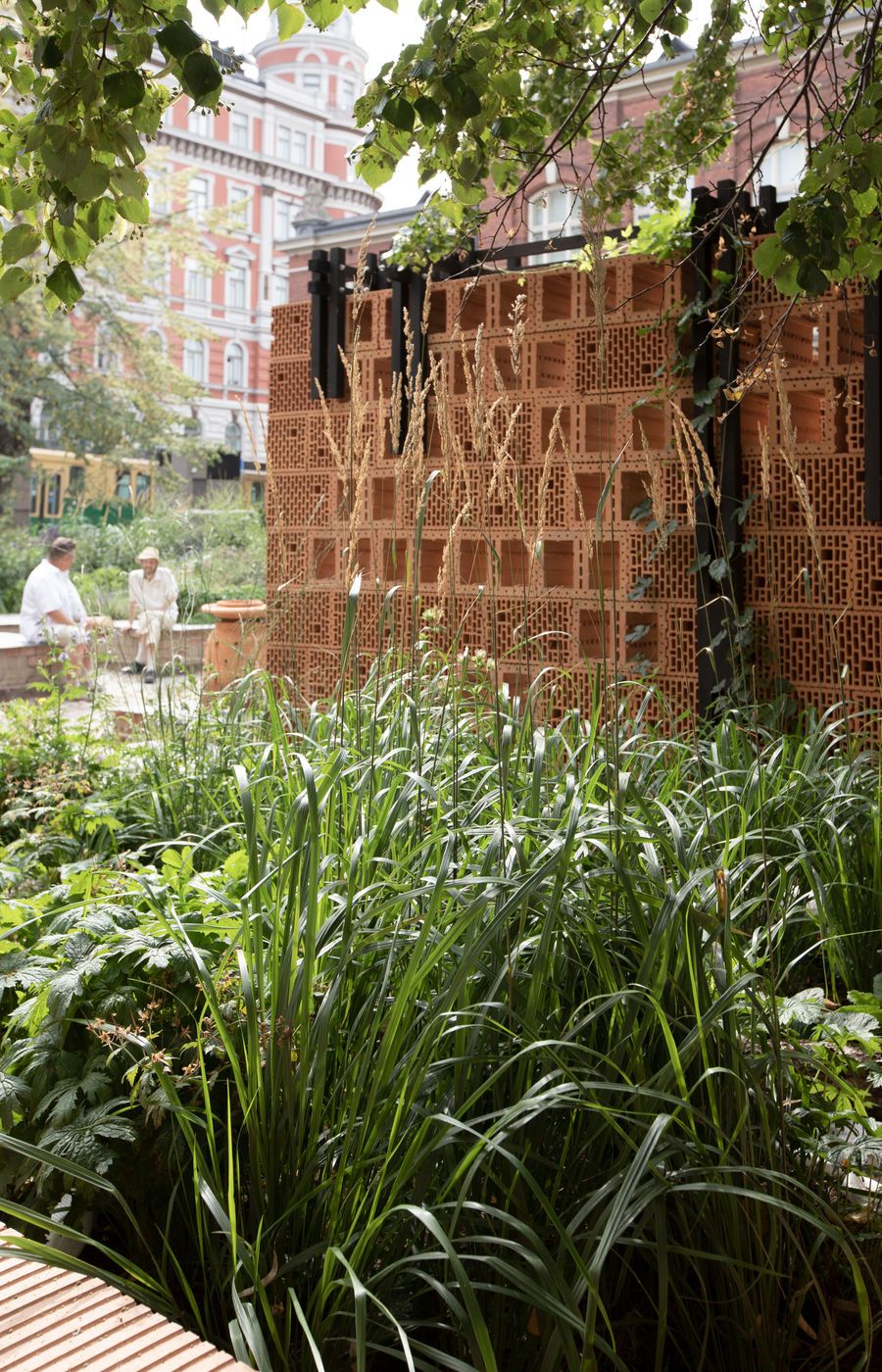
How can we break the dichotomy between nature and human culture through architecture? Alusta pavilion is a refreshing haven and a place for encounters between humans and non-human animals in urban space.
At the structural and functional levels, architecture should strive to protect and improve the state of natural environments.
In order to be culturally influential, environmentally conscious architecture must also communicate meanings at the level of aesthetic experience.
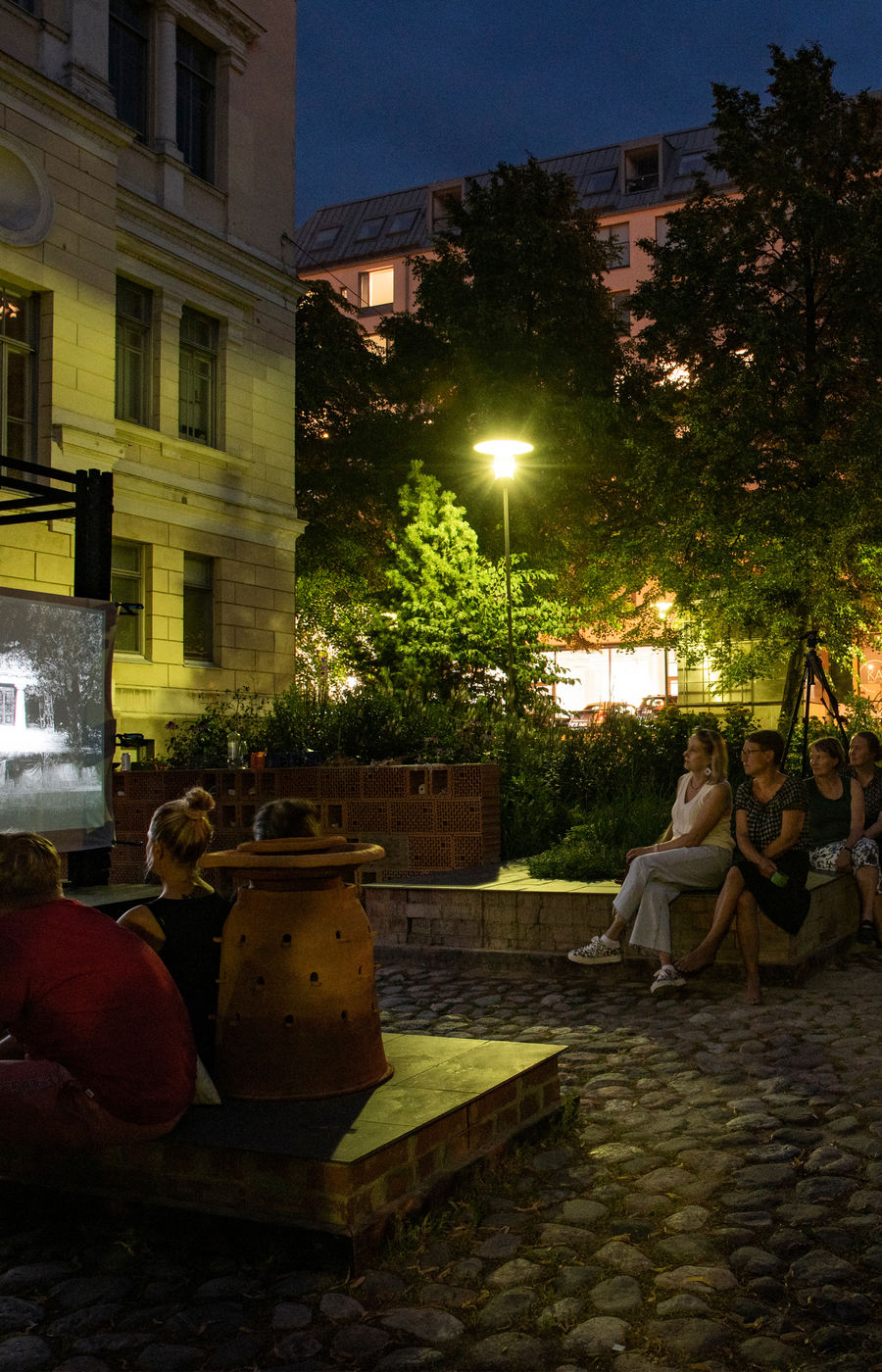
Alusta pavilion
A satellite exhibition in the courtyard between Museum of Finnish Architecture and Design Museum, Helsinki city centre
A pollinator-friendly garden pavilion built out of clay and wood. Alusta is open for public from June 2022 to October 2023.
EXHIBITION PAGE
Read more from Shorthand (currently only in Finnish, English translation coming soon!)
Open events in Alusta during Designs for a Cooler Planet 2022
Alusta: Making in More Than Human World
Wed 07.09.2022 at 17:00
in English / free entry
Alusta: Architecture as a tool for Environmental Discussion
Wed 14.09.2022 at 17:00
in Finnish / free entry
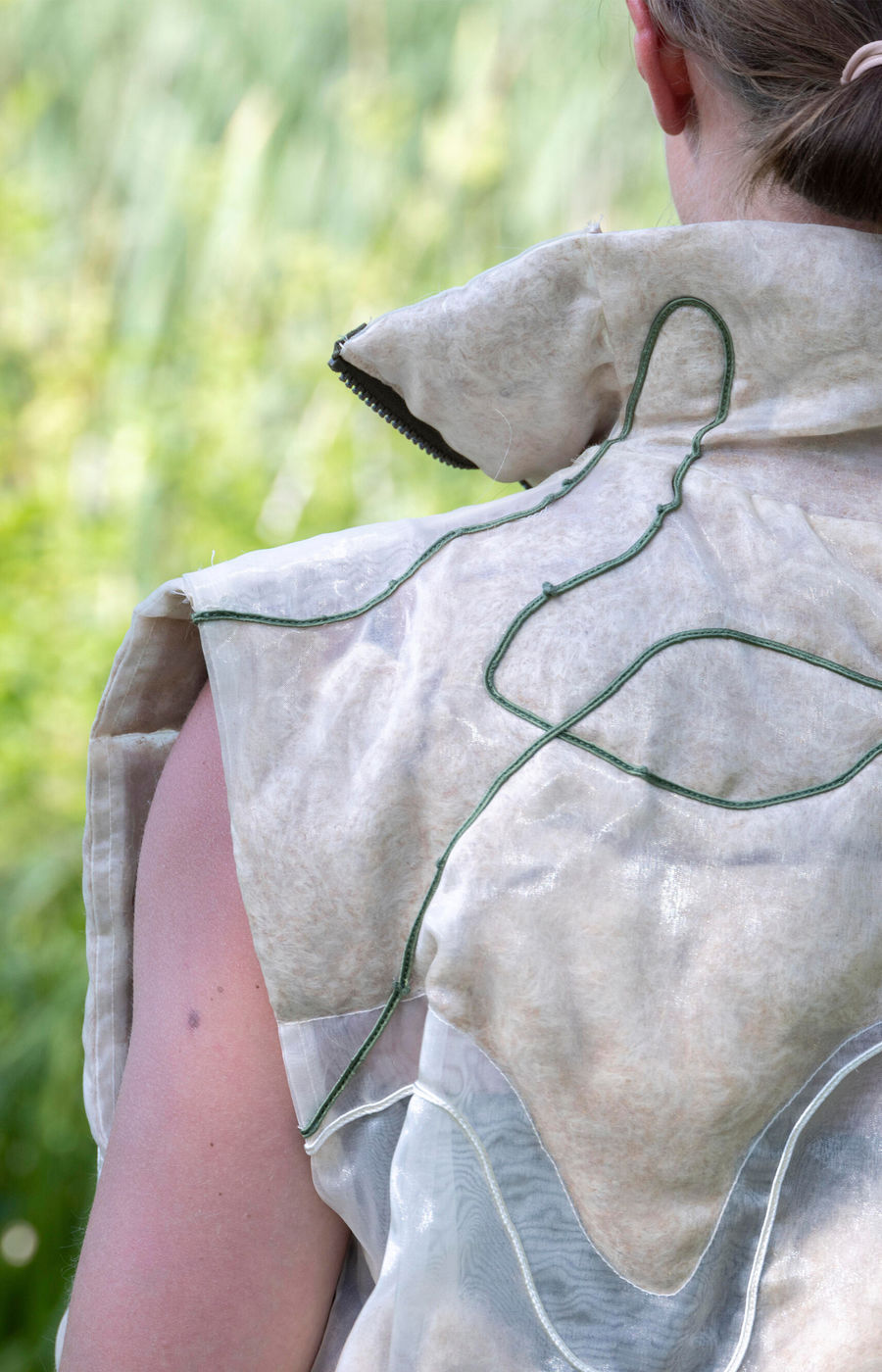
Climate-positive textile filling from peatlands
We use materials from and for nature.
Materials we use can be derived from surprising sources, such as peatlands, where cattail is an ordinary sight.
Fluff Stuff uses cattail’s fluffy seeds as a textile filling, providing an ecologically and ethically sustainable alternative to feather and polyester. However, this climate-positive and fully recyclable natural material has various other perks too.
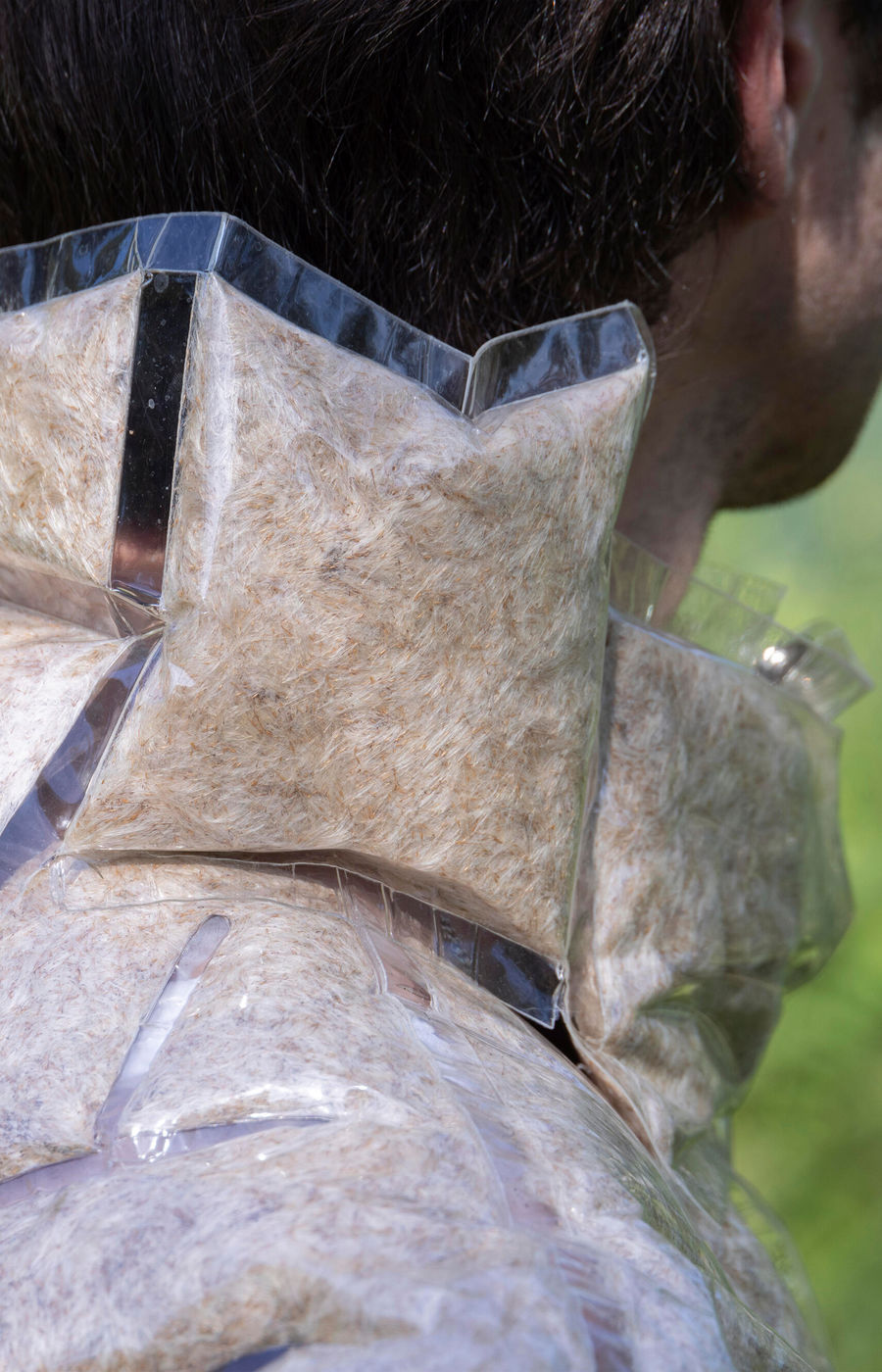
Materials we use can be derived from surprising sources, such as peatlands, where cattail is an ordinary sight.
Fluff Stuff uses cattail’s fluffy seeds as a textile filling, providing an ecologically and ethically sustainable alternative to feather and polyester. However, this climate-positive and fully recyclable natural material has various other perks too.
Cattail cultivated on rewetted peatlands curtails massive amounts of soil-based emissions and advances restoration of local ecosystems.
New use of this natural material could also incentivise private landowners to rewet their lands, offering them a more sustainable alternative income source while utilising the huge potential of peatlands.
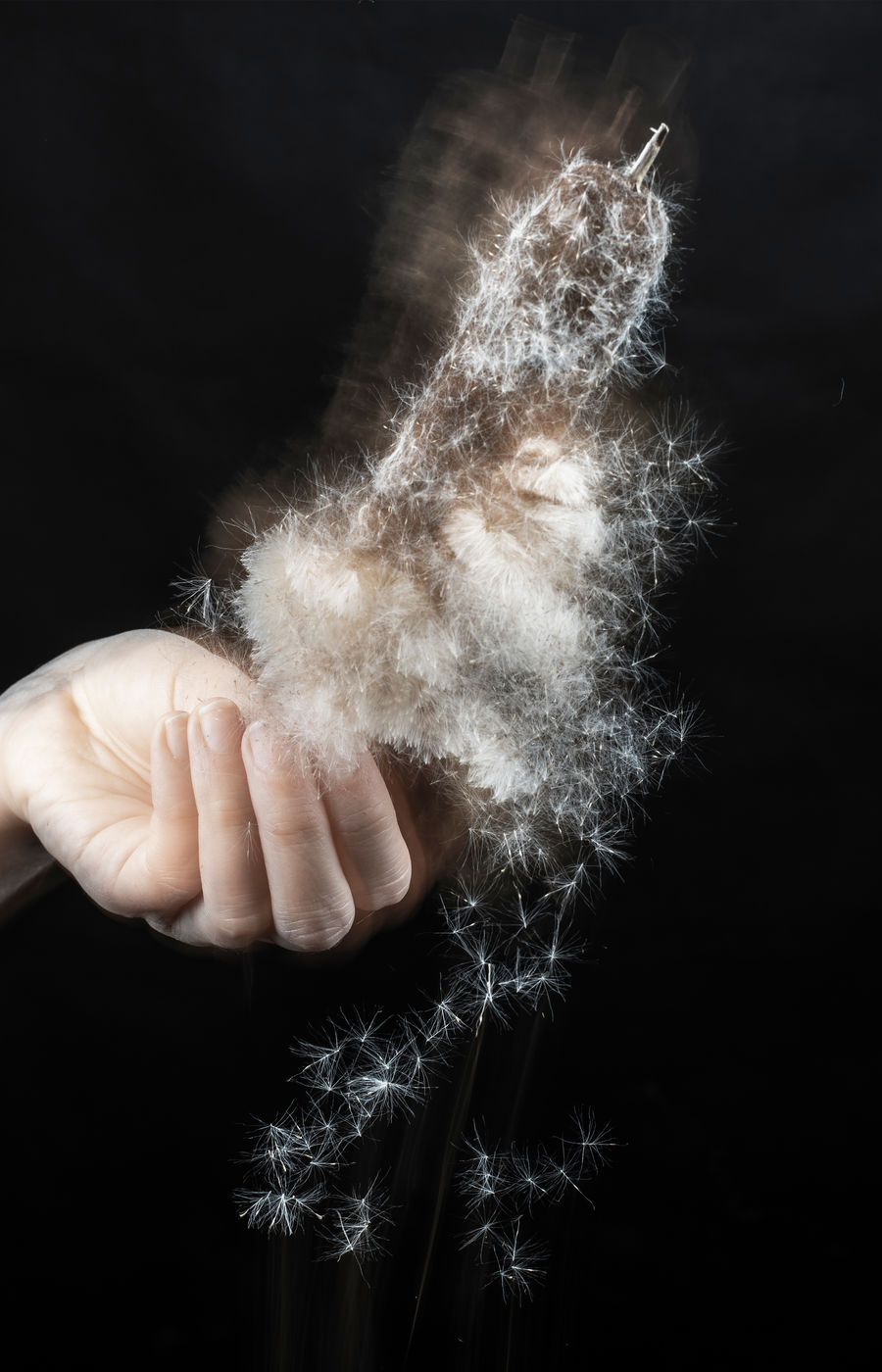
Cattail cultivated on rewetted peatlands curtails massive amounts of soil-based emissions and advances restoration of local ecosystems.
New use of this natural material could also incentivise private landowners to rewet their lands, offering them a more sustainable alternative income source while utilising the huge potential of peatlands.
Fluff Stuff - Climate-positive textile fillings from Finnish peatlands
The exhibition showcases the potential and impact of the cattail-filling through several tangible prototypes, and the seminar explains the broader scale impact.
EXHIBITION PAGE
Read more about Alusta
Seminar: Rethinking Finnish peatland management
Mon 19.09.2022 at 15:00 – 16:30
Harald Herlin Learning centre, room 126 Juho (Otaniementie 9, Espoo)
in English / free entry
Remember to register before 14.09.!

Fluff Stuff - Climate-positive textile fillings from Finnish peatlands
The exhibition showcases the potential and impact of the cattail-filling through several tangible prototypes, and the seminar explains the broader scale impact.
EXHIBITION PAGE
Read more about Alusta
Seminar: Rethinking Finnish peatland management
Mon 19.09.2022 at 15:00 – 16:30
Harald Herlin Learning centre, room 126 Juho (Otaniementie 9, Espoo)
in English / free entry
Remember to register before 14.09.!
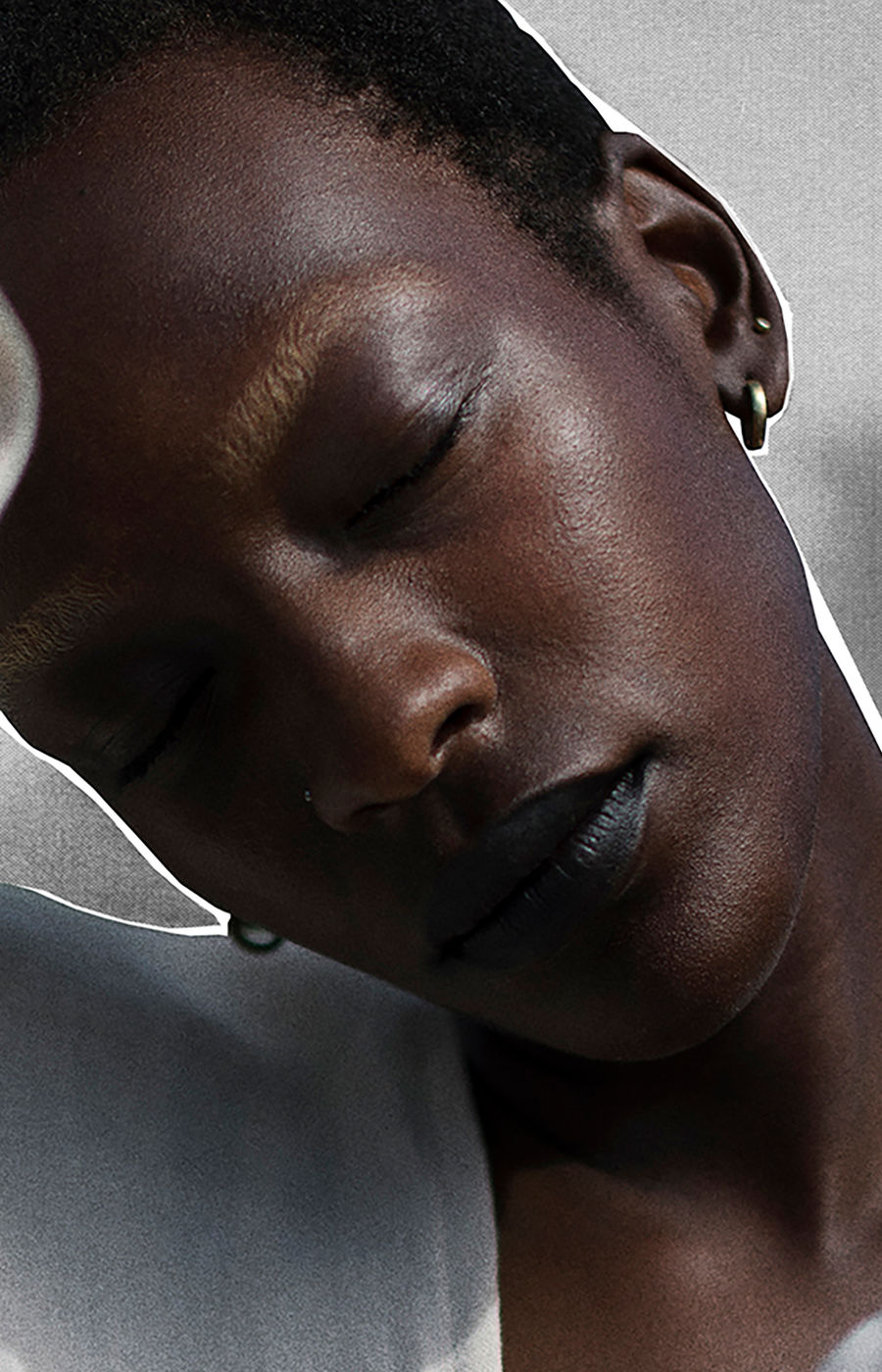
The future of slow fashion
New innovations and systemic changes transform entire industries.
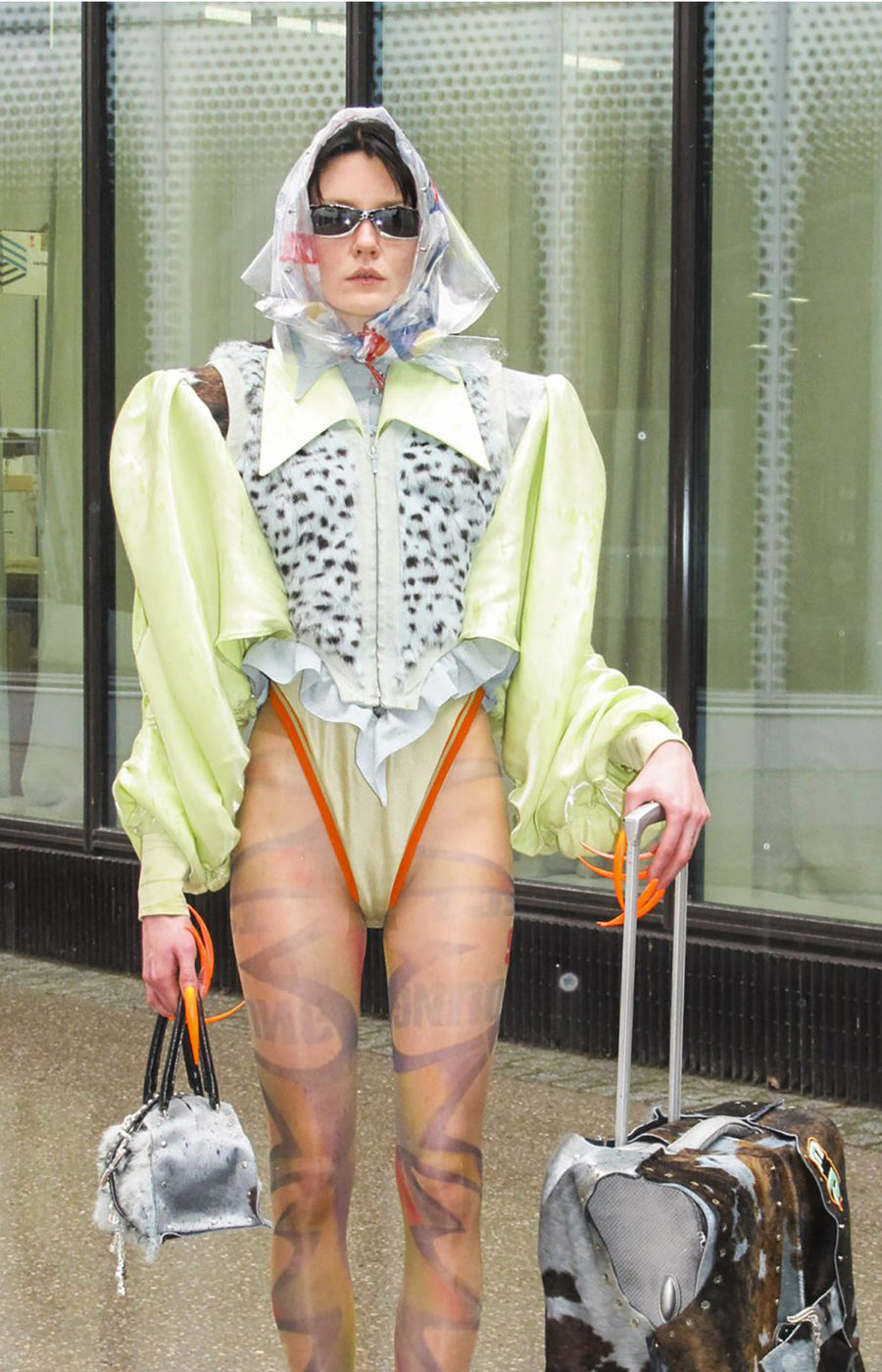
The fashion industry produces up to 10 percent of global greenhouse gas emissions and is also one of the biggest polluters.
Incremental is not enough anymore. We cannot settle for developing better alternatives for cotton.
We need bold, systemic changes and novel innovations to save the planet.

Having a sense of responsibility towards clothes comes back to Life 1.5 philosophy: treating garments as individual artefacts instead of disposable mass products and valuing their signs of life lived.
The change requires shifting business models and consumer behaviour and mindsets from buying new to respecting, mending and maintaining the existing.
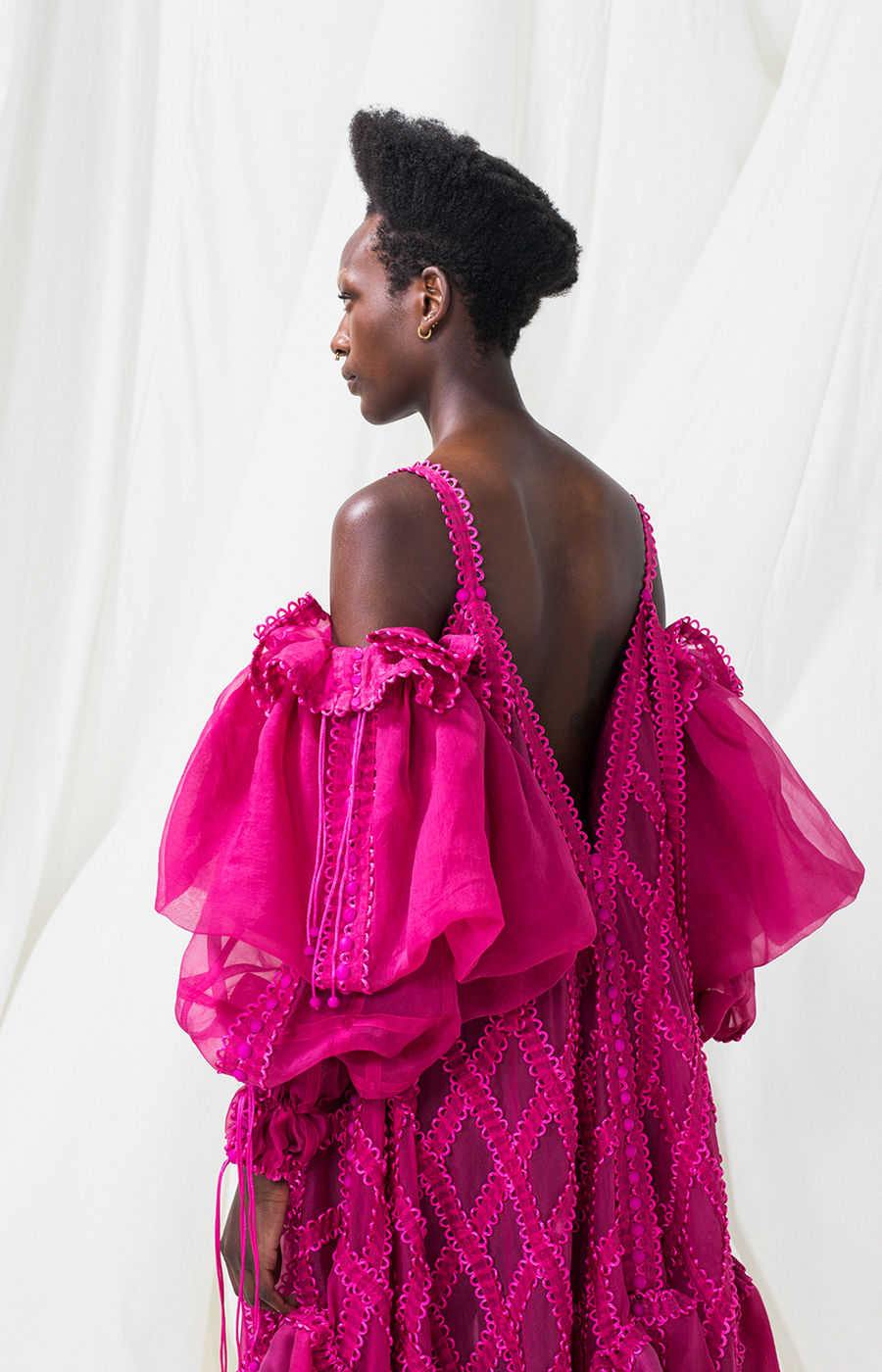
Better Balance in the Fashion System and Wardrobe of the Future both showcase how novel innovations, design know-how and changes in both consumer and business mindsets could take fashion towards a better future.
Projects are inspired by the present, future and folklore alike.

Better Balance in the Fashion System
Designs for slow fashion, slow consumption. The webinar explains how new business understanding and design strategies could transform the industry.
EXHIBITION PAGE
Webinar: Better Balance in the Fashion System
Tue 13.09.2022 at 13:00 – 15:00
The Wardrobe of the Future
A collection of sustainable fashion innovation projects from material innovations to smart ink increasing transparency, design new know-how and new business models.
EXHIBITION PAGE
Read more
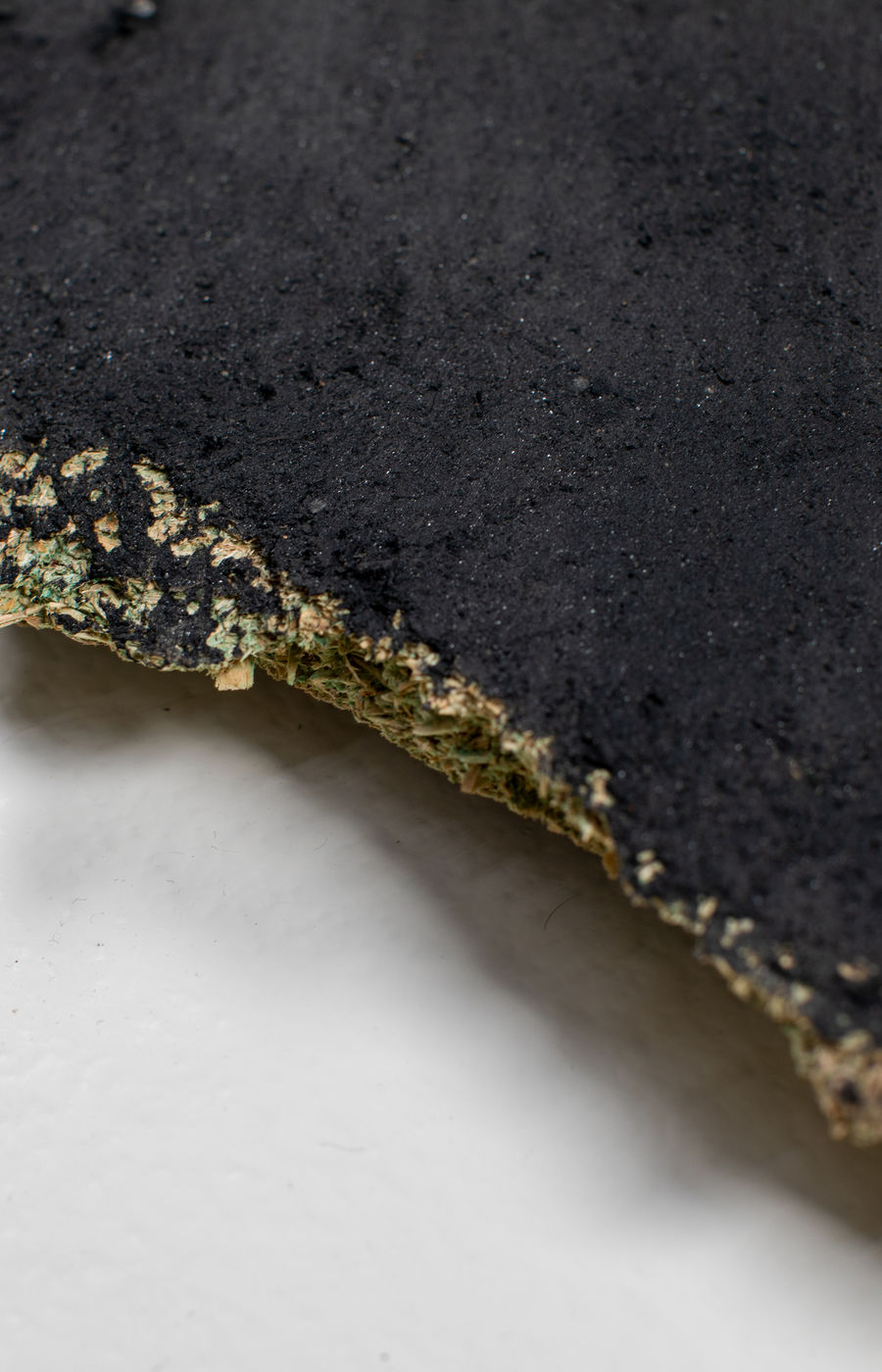
Beauty of wood waste
Treasures instead of trash.
Buildings and building construction have an immense impact on the planet, being responsible for around half of the materials used by humanity.
Construction and demolition waste accounts for almost 50% of waste in EU — a massive, poorly utilised resource that needs to become an increasingly important source of material in the near future.
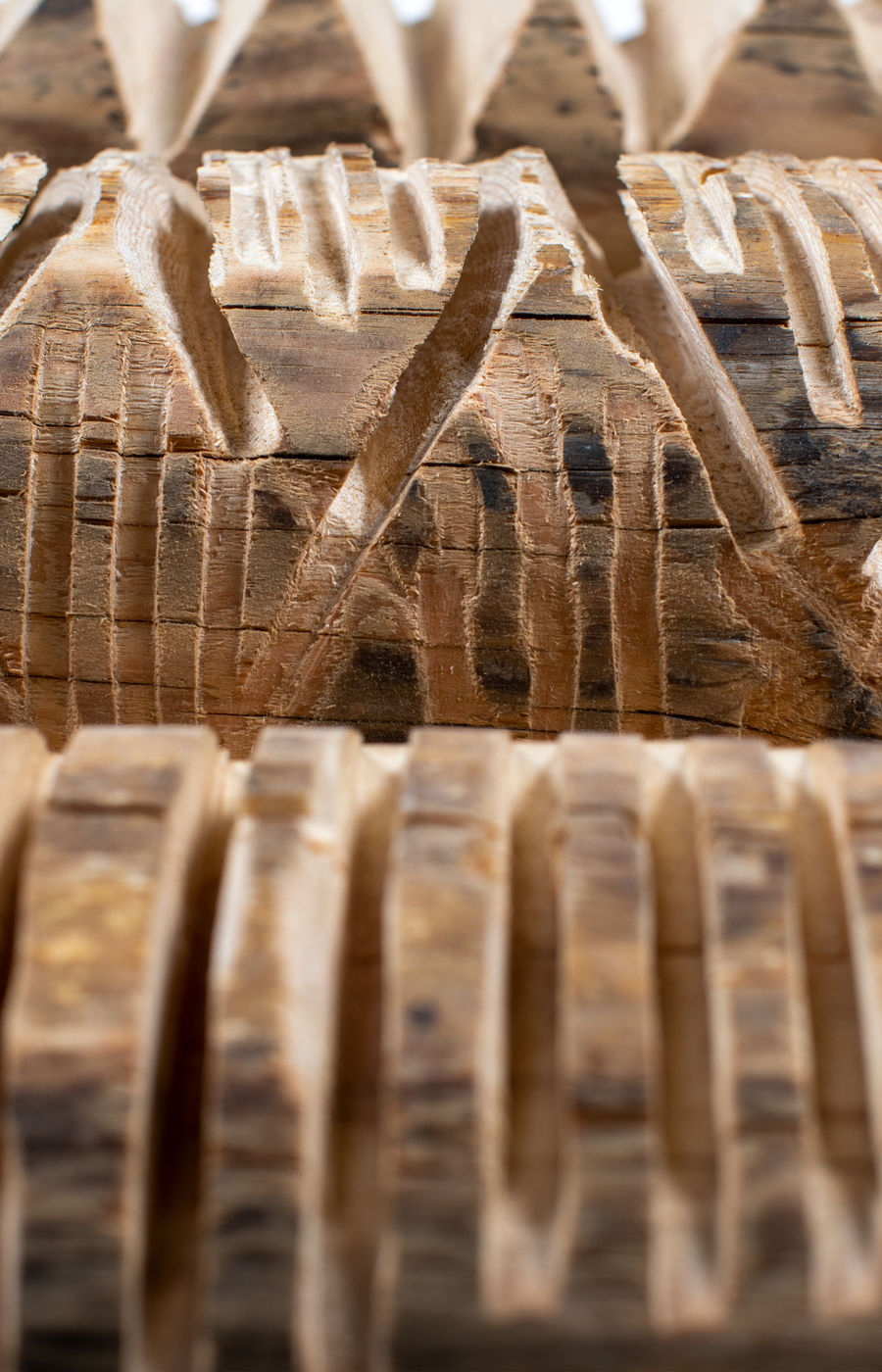
Buildings and building construction have an immense impact on the planet, being responsible for around half of the materials used by humanity.
Construction and demolition waste accounts for almost 50% of waste in EU — a massive, poorly utilised resource that needs to become an increasingly important source of material in the near future.
We need to rethink our relationship with wood as a material, along with how we define and value forests — let alone our perception of what we regard as “waste”.
Re-valuing wood showcases student experiments made of wood waste, revealing the underexplored beauty hiding within the waste material.
Why would we dispose of something so beautiful and valuable?
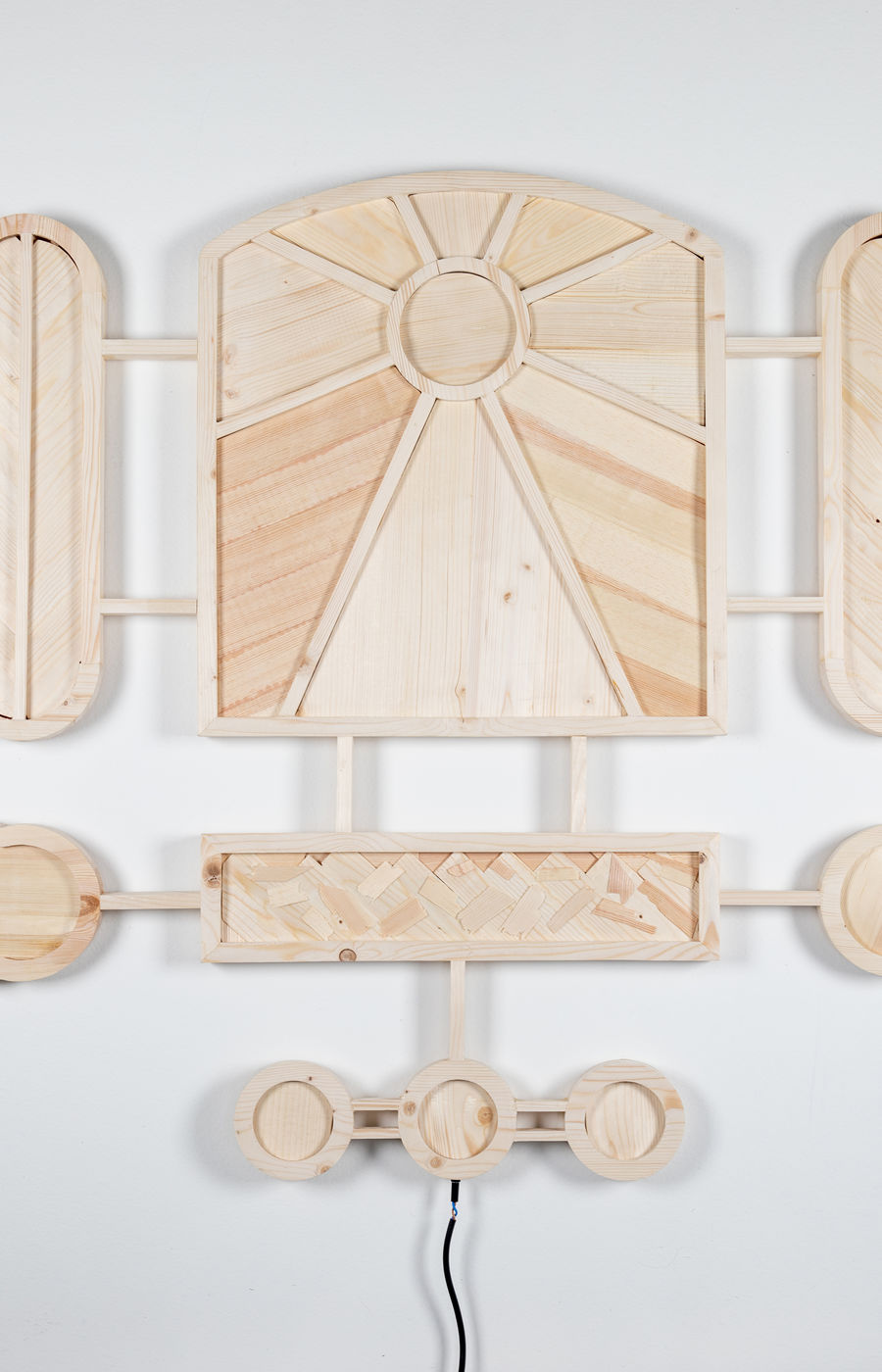
We need to rethink our relationship with wood as a material, along with how we define and value forests — let alone our perception of what we regard as “waste”.
Re-valuing wood showcases student experiments made of wood waste, revealing the underexplored beauty hiding within the waste material.
Why would we dispose of something so beautiful and valuable?
Re-valuing Wood
Student works from 2021 course.
EXHIBITION PAGE
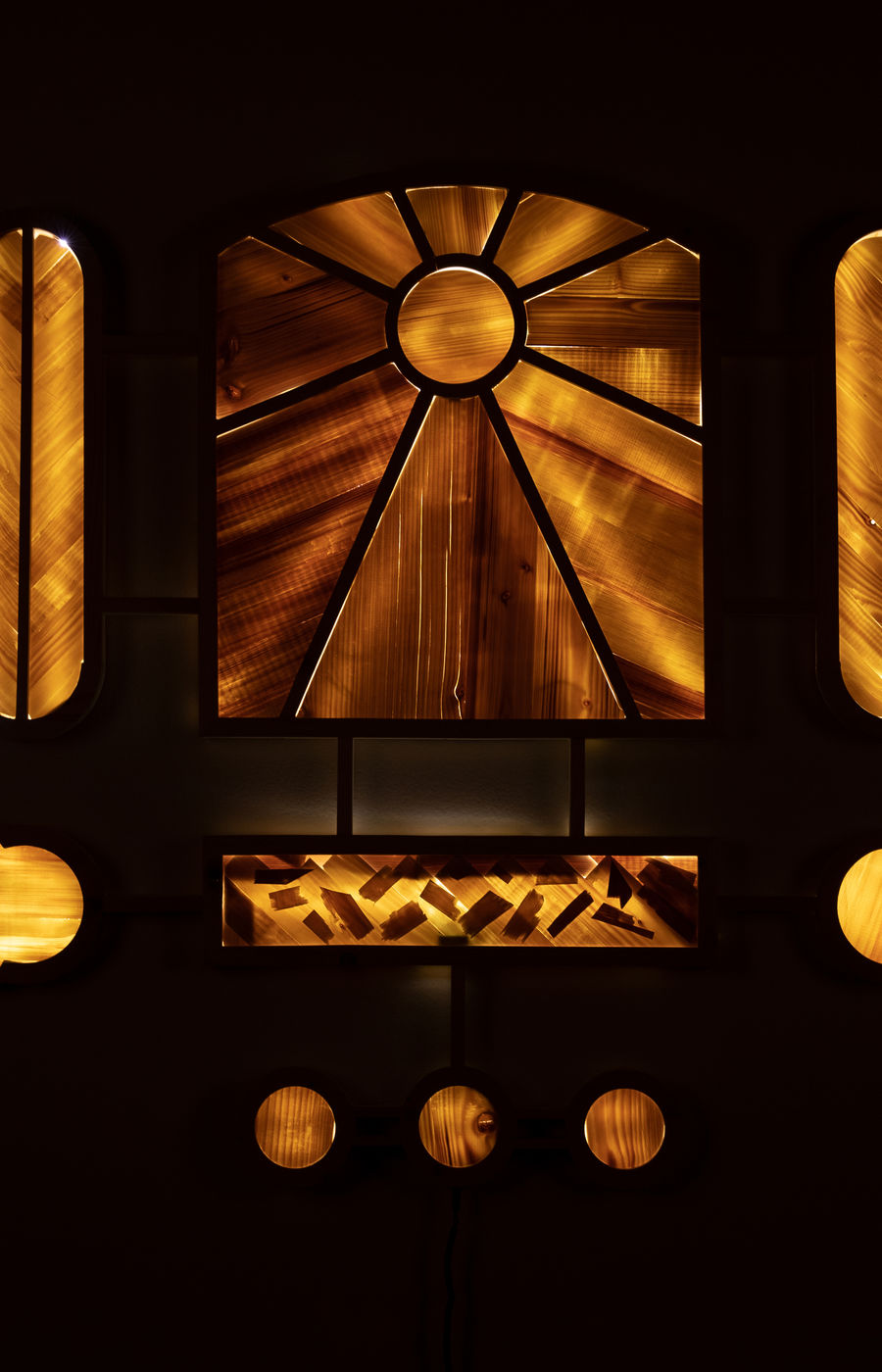
Re-valuing Wood
Student works from 2021 course.
EXHIBITION PAGE
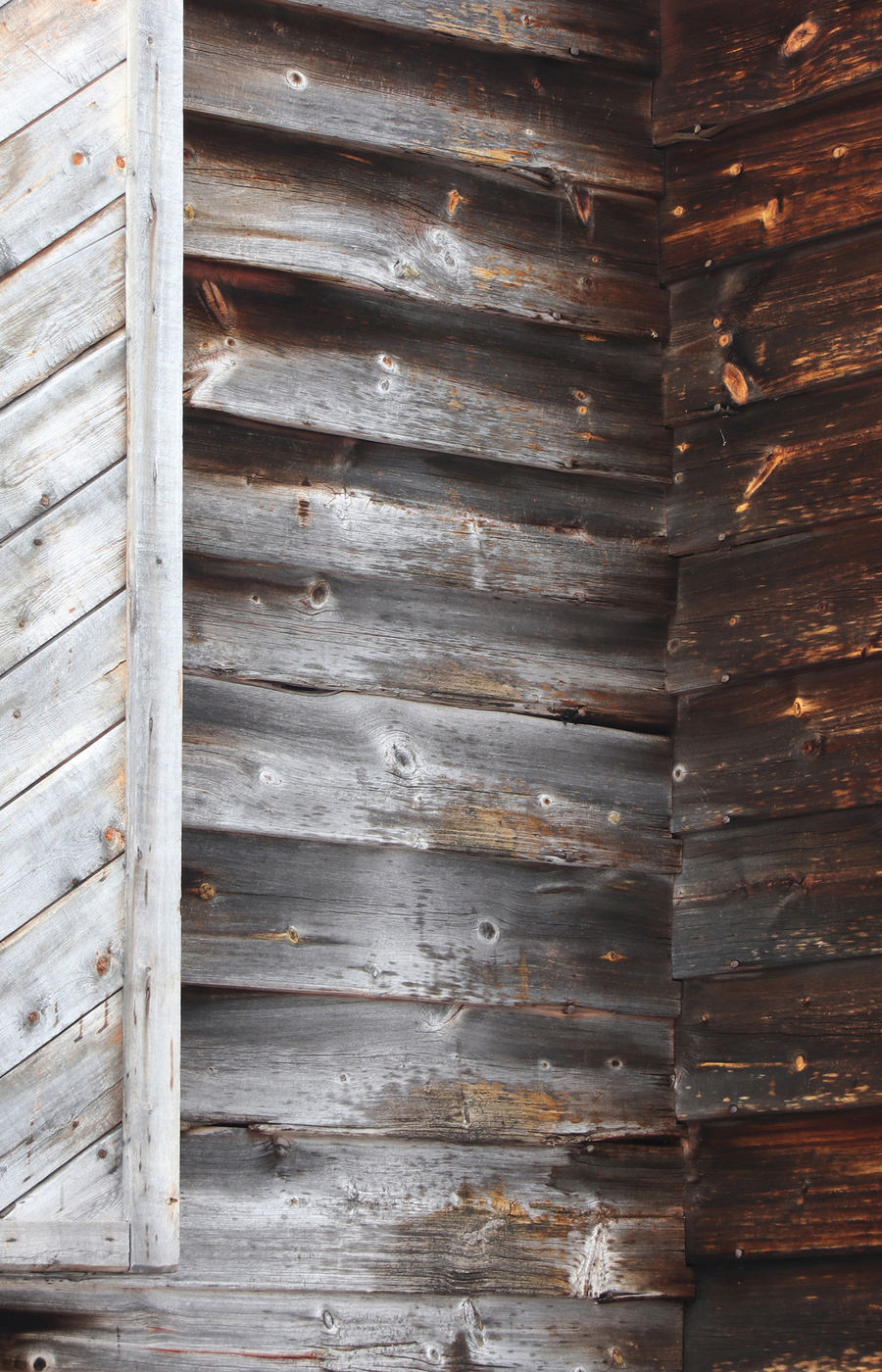
Nature-conscious Arctic architecture
We are mindful of our surroundings and do not disturb the natural state more than necessary.
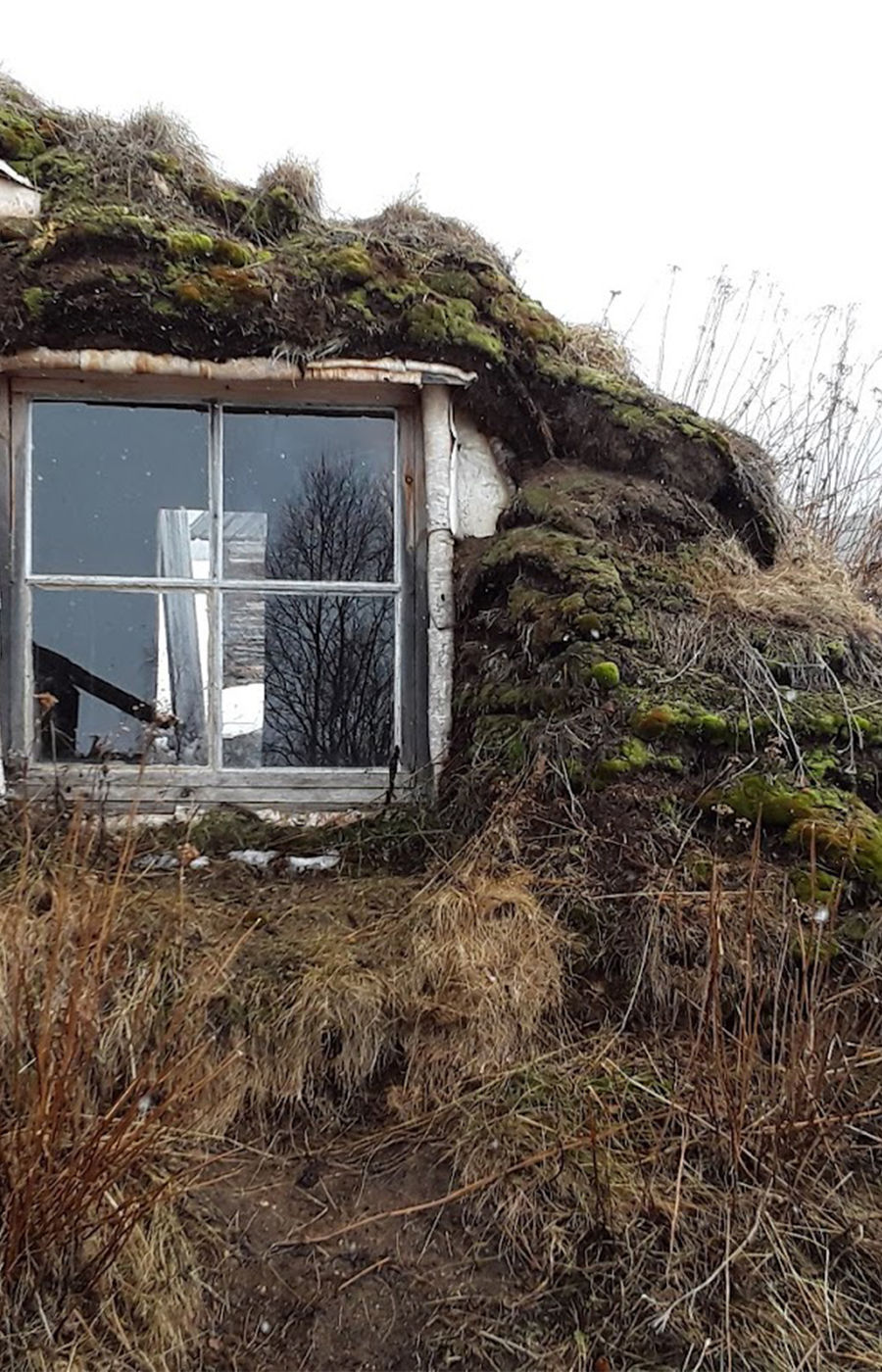
What for a western observer seems like a vast emptiness is full of meaning and traces of past and present life for the Sámi.
Their knowledge of the environment, natural and climatic conditions, appropriate use and allocation of natural (and human) resources is manifested in subtle care and maintenance of the environment, almost invisible to the western eye.
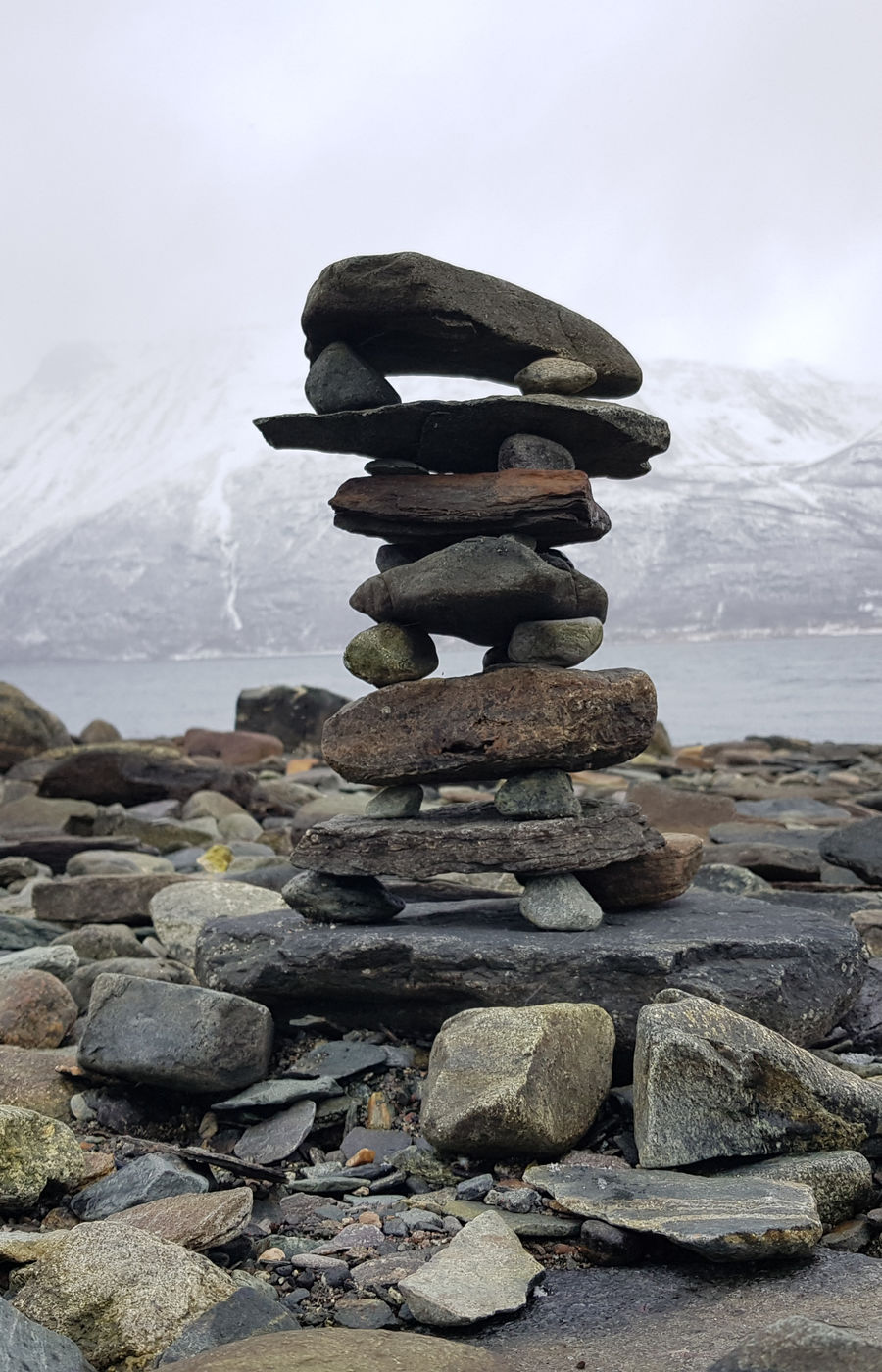
The student works of the Interplay of Cultures Studio 2022 Sámi -course explore the indigenous built environment that has a completely different approach to resources compared to the western architecture.
Interplay of Cultures Studio 2022 Sámi
5 studio projects from students of architecture.
EXHIBITION PAGE
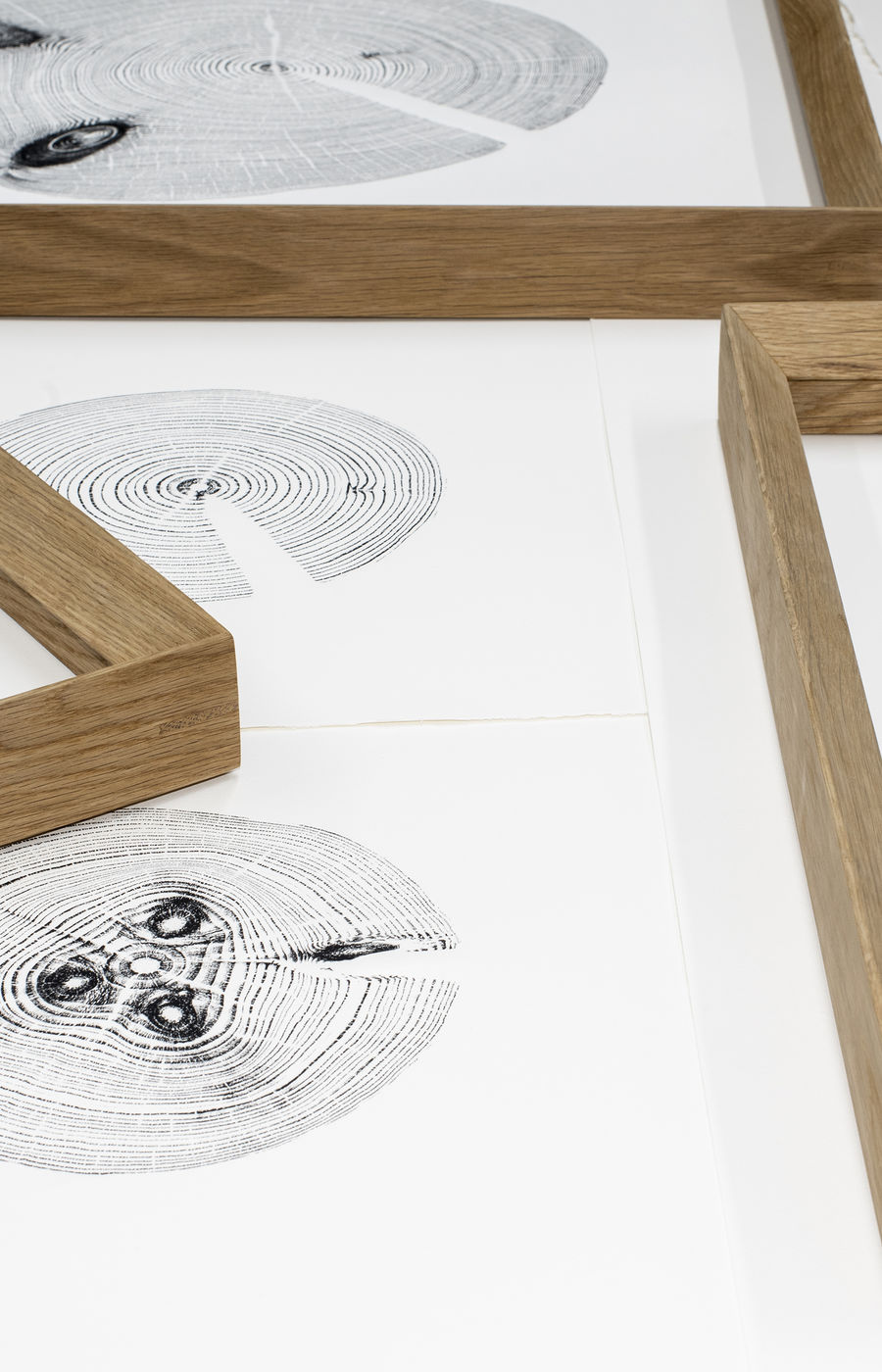
Wood fingerprint in architecture
Natural objects are recognised and respected as individuals.
The Trees of Pikku Finlandia showcases a spectrum of pine tree characteristics ranging in size, age, and concentric growth patterns.
The artworks have been hand printed onto paper with ink to depict each tree’s sectional ‘fingerprint’. Wood fingerprint shows that each tree is an individual and should be treated as one, with care and respect.
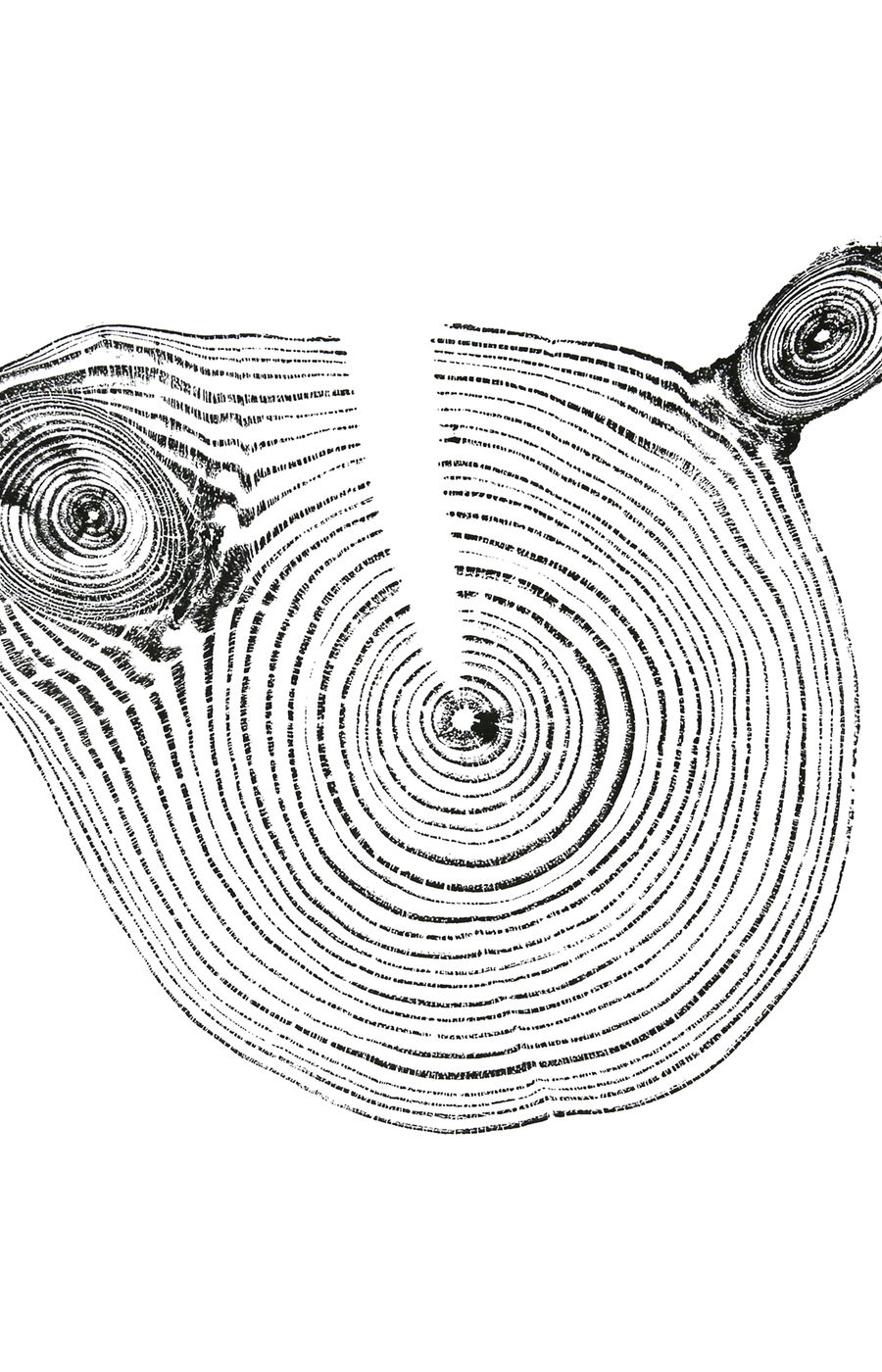
The Trees of Pikku Finlandia showcases a spectrum of pine tree characteristics ranging in size, age, and concentric growth patterns.
The artworks have been hand printed onto paper with ink to depict each tree’s sectional ‘fingerprint’. Wood fingerprint shows that each tree is an individual and should be treated as one, with care and respect.
By conveying each tree’s individuality and growth patterns, artwork enables us to reimagine the general use of lumber and how we manipulate it more responsibly.
The Trees of Pikku Finlandia
Satellite exhibition in Pikku Finlandia Cafe, Töölö, during 1. - 30.9.2022
A relief print exhibition conveying a unique marriage between the architectural tree elements, space and artwork.
EXHIBITION PAGE
The Trees of Pikku Finlandia: Exhibition opening
Fri 09.09.2022 at 18:00 - 21:00
Pikku Finlandia Café, Karamzininranta 4, 00100 Helsinki
Free entry
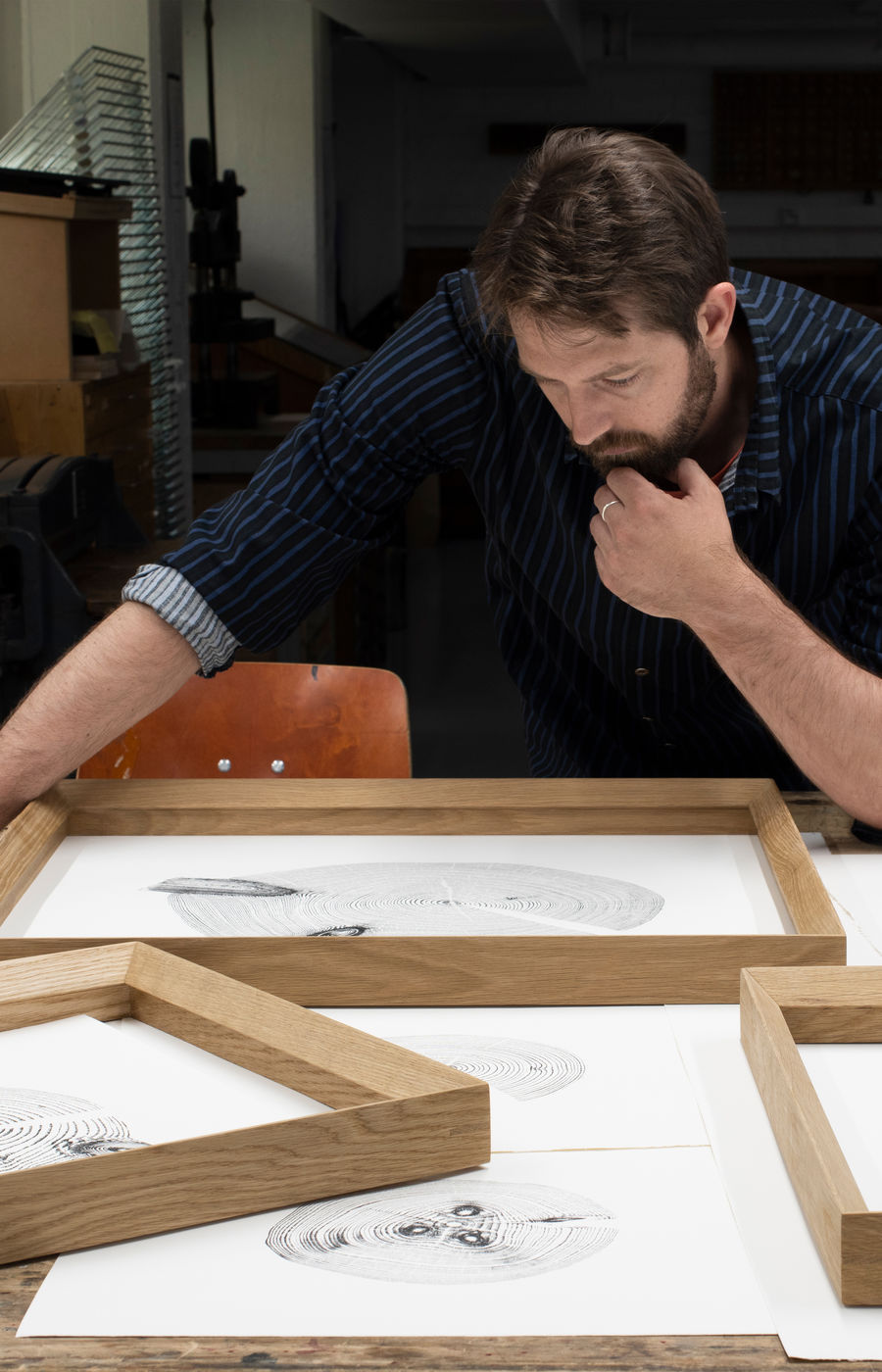
By conveying each tree’s individuality and growth patterns, artwork enables us to reimagine the general use of lumber and how we manipulate it more responsibly.
The Trees of Pikku Finlandia
Satellite exhibition in Pikku Finlandia Cafe, Töölö, during 1. - 30.9.2022
A relief print exhibition conveying a unique marriage between the architectural tree elements, space and artwork.
EXHIBITION PAGE
The Trees of Pikku Finlandia: Exhibition opening
Fri 09.09.2022 at 18:00 - 21:00
Pikku Finlandia Café, Karamzininranta 4, 00100 Helsinki
Free entry
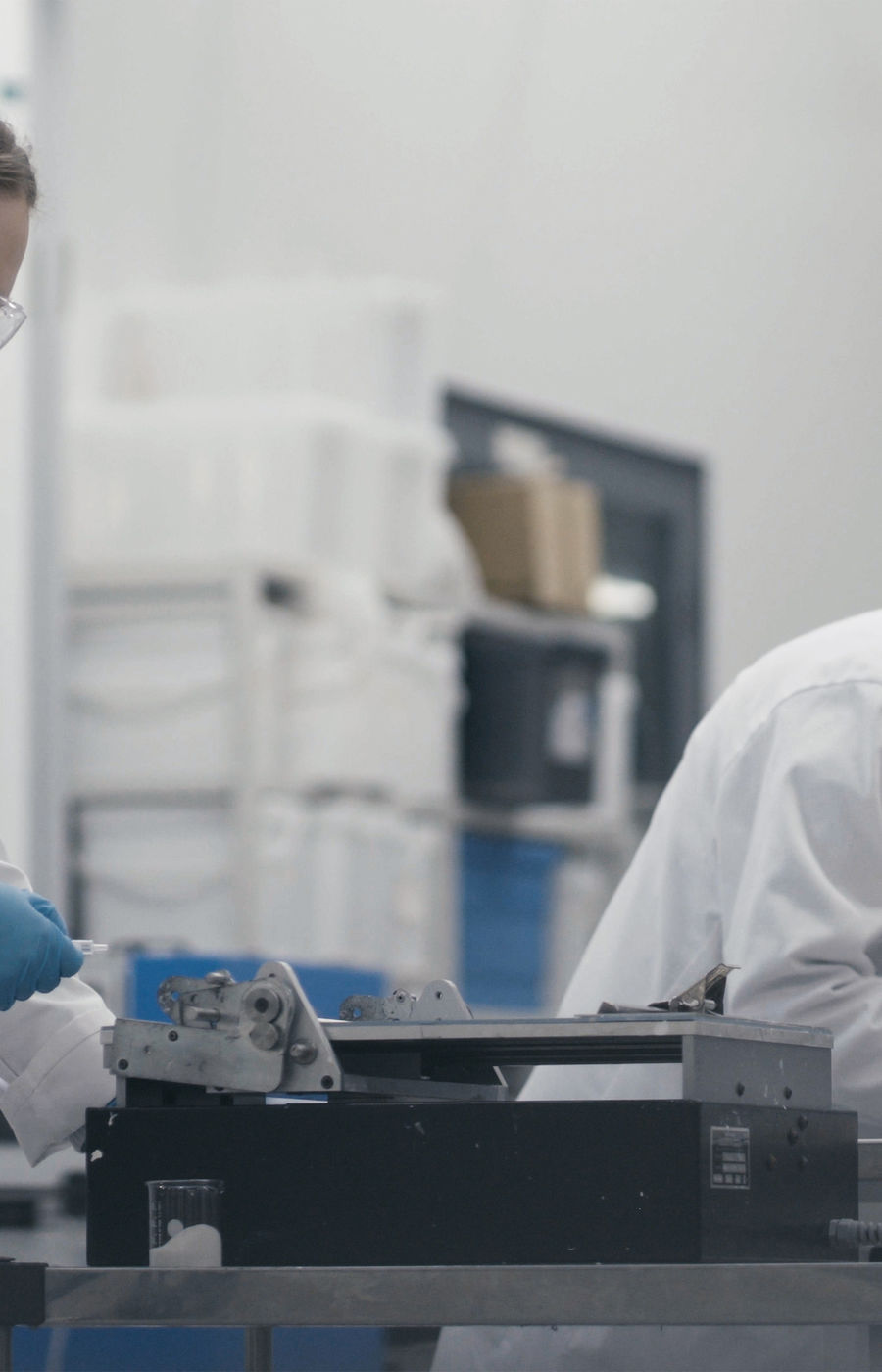
Textiles from underutilised resources
New production methods and technologies enable wise use of materials.
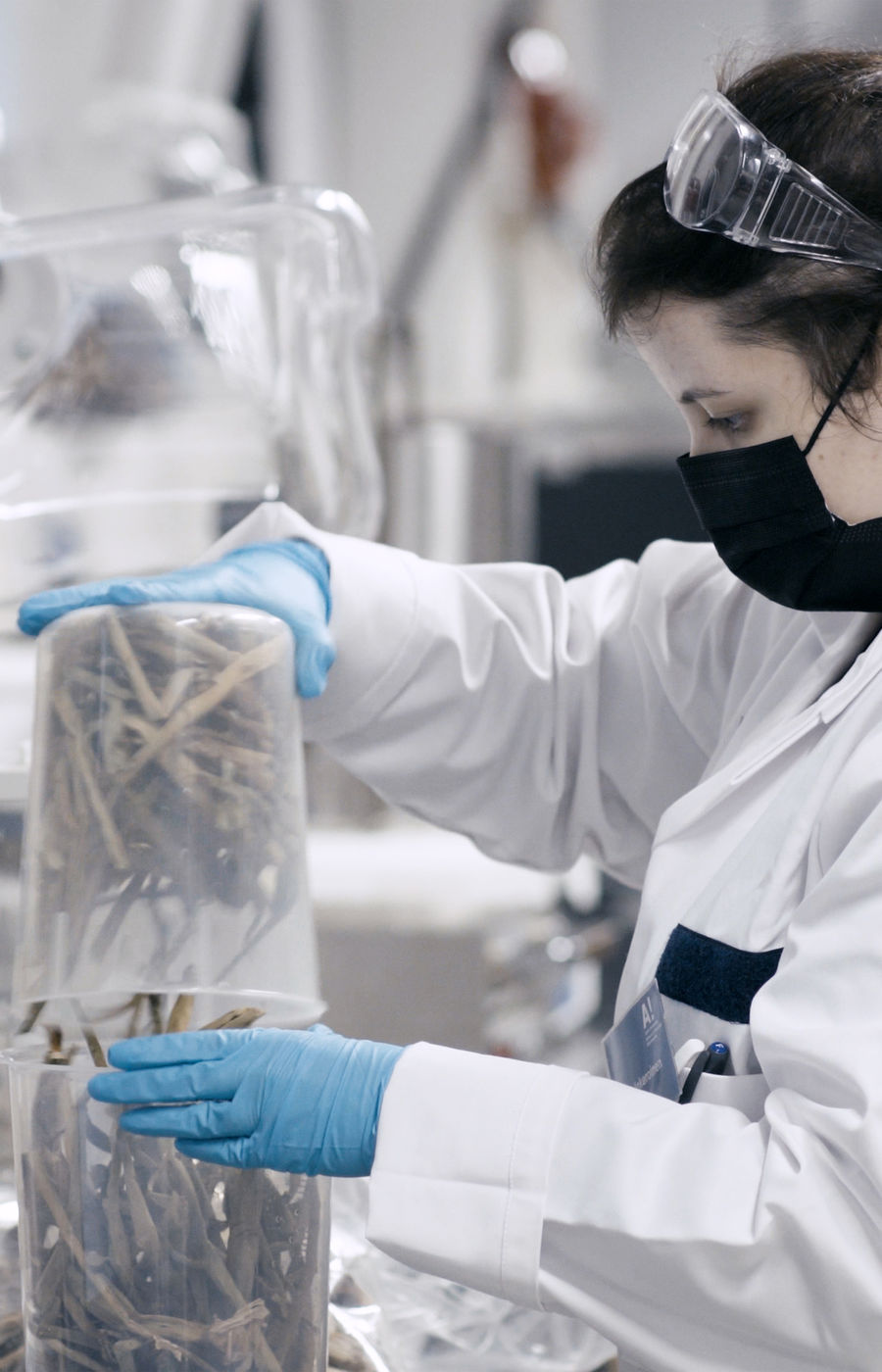
We cannot continue our current abundant use of materials. But do we ensure that the change is not only sustainable, but also commercially viable?
Nordic Bioproducts Group (NBG) has developed a new method to produce textiles from cellulose-rich raw material without the use of toxic chemicals or expensive solvents.
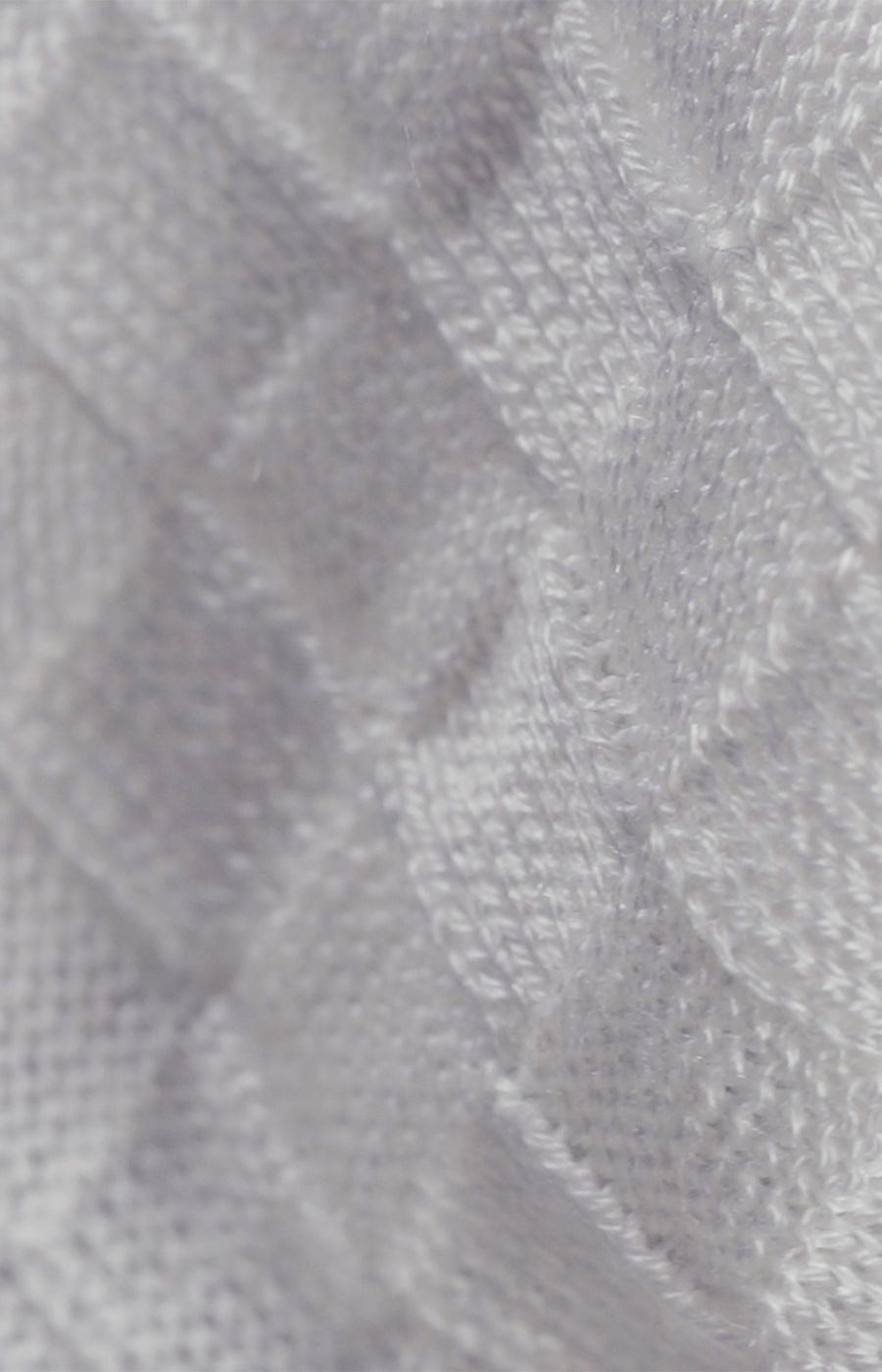
This new method can turn cellulosic agricultural waste into a textile. As a by-product, it also produces sugars that can be utilised to make a biological dye.
The method enables efficient use of underutilised resources, like plant-based or even textile waste, turning them into new higher-value products and reducing the need for virgin raw material.
New textile applications from underutilised plant-based side streams
EVENT PAGE
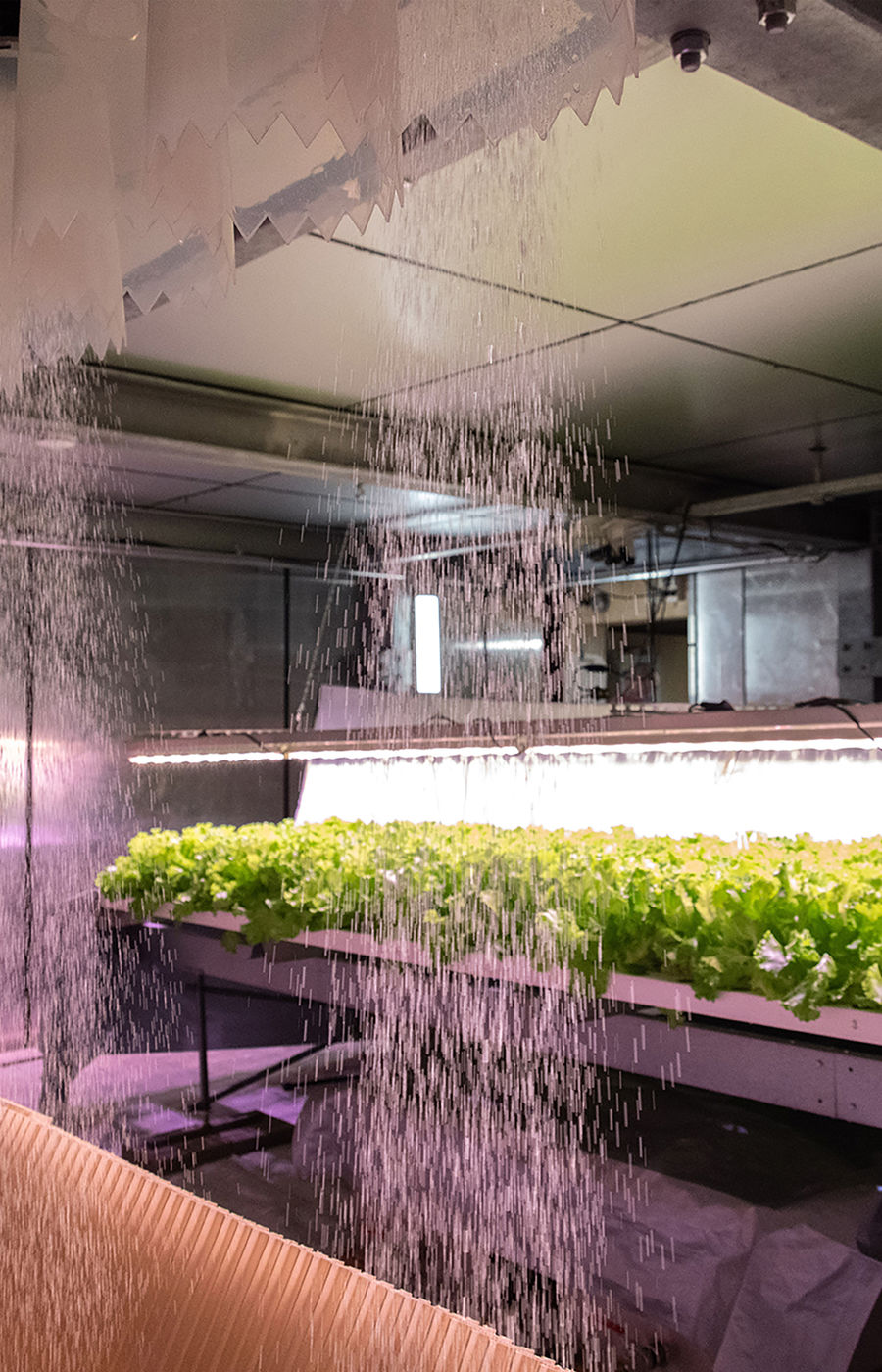
The future of urban farming
New, resilient farming practices ensure global food safety.
The global agricultural sector is in crisis. There is already a shortage of land, water, fertilizers and work force, and the changing climate is not easing the situation.
We need to come up with new efficient and resilient farming methods that allow for steady food production in all environments and climates.
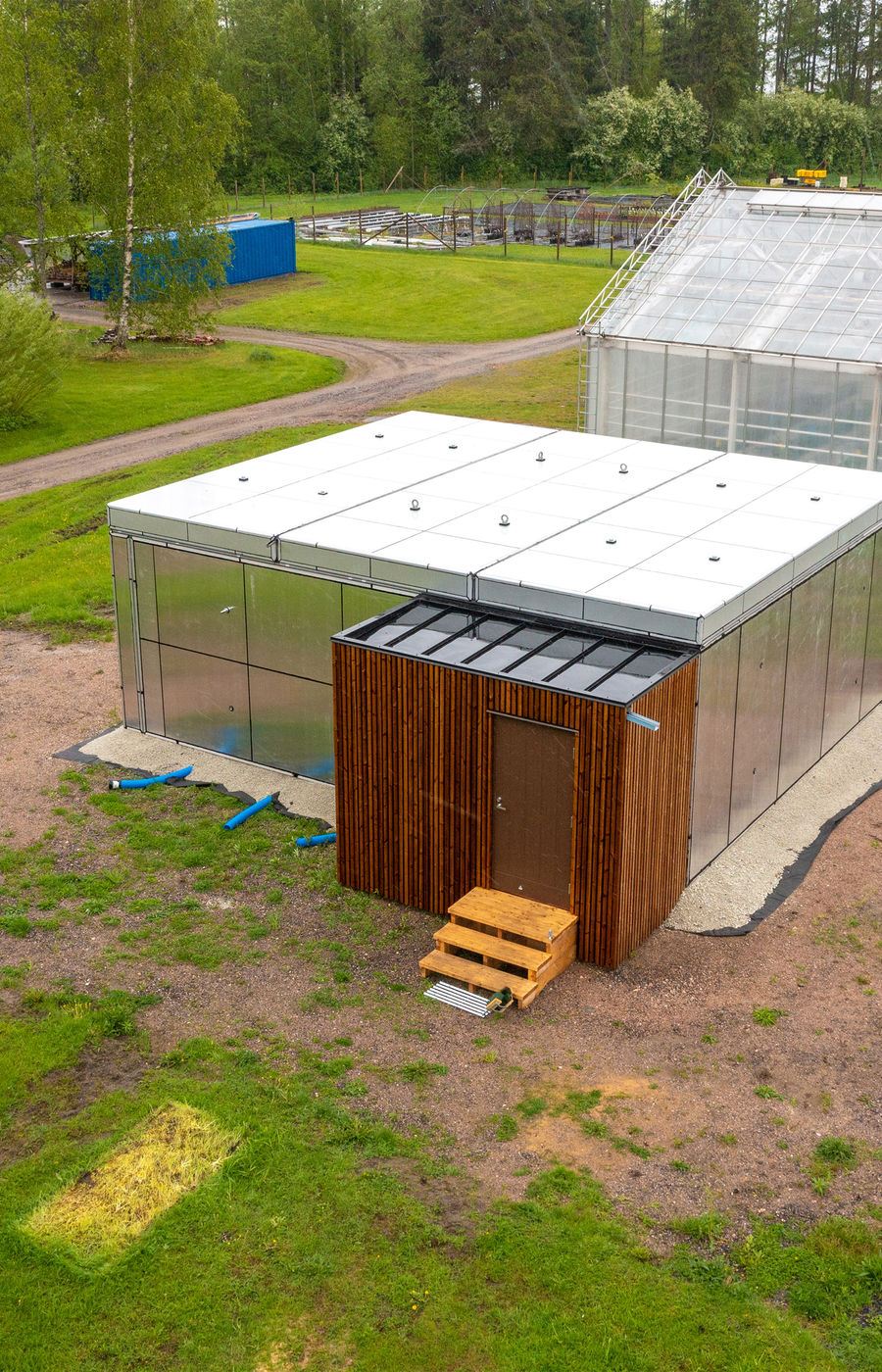
The global agricultural sector is in crisis. There is already a shortage of land, water, fertilizers and work force, and the changing climate is not easing the situation.
We need to come up with new efficient and resilient farming methods that allow for steady food production in all environments and climates.
Vertical farming could provide answers to the issue. In addition to being resource wise and resilient, it could decentralise food production and provide fresh, clean, and hyperlocal food while minimising waste and CO2 emissions.
The Future of Vertical Farming discusses all the possibilities and potential of vertical farming.
Panel discussion: The Future of Vertical Farming
Wed 5.10.2022 at 13:00 – 15:00
Live at Otaniemi, Espoo + online
EVENT PAGE
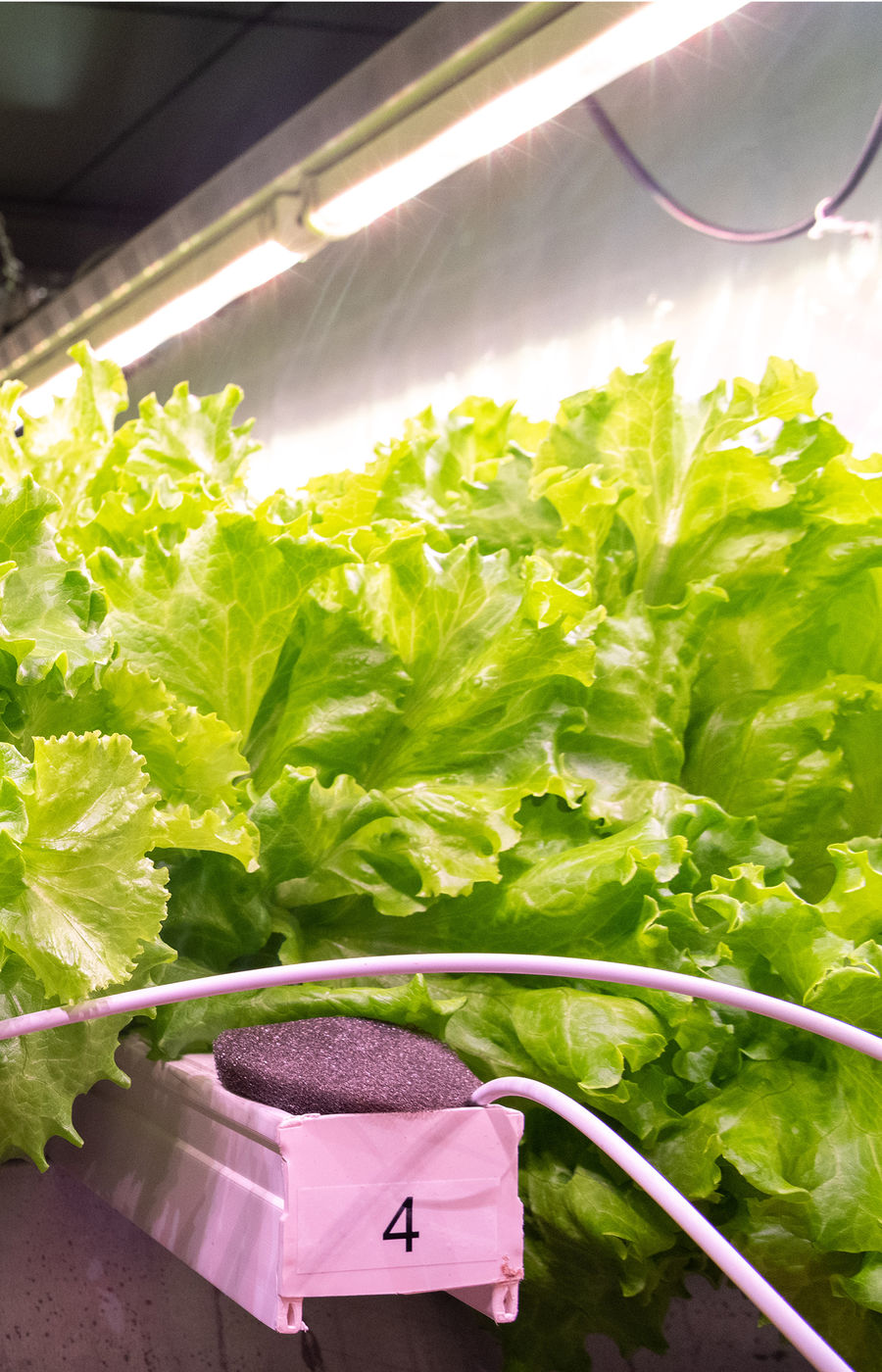
Vertical farming could provide answers to the issue. In addition to being resource wise and resilient, it could decentralise food production and provide fresh, clean, and hyperlocal food while minimising waste and CO2 emissions.
The Future of Vertical Farming discusses all the possibilities and potential of vertical farming.
Panel discussion: The Future of Vertical Farming
Wed 5.10.2022 at 13:00 – 15:00
Live at Otaniemi, Espoo + online
EVENT PAGE
Come and see the rest of Life 1.5
Five weeks, three exhibitions and over 20 projects full of hope for a better future.
7.9. – 12.10. Otaniemi & Online + two satellite exhibitions in Helsinki city centre
Take a closer look at the main theme and all three exhibitions
LIFE 1.5
WHAT'S THE FUTURE MADE OF?
WEAR THE FUTURE
WHAT'S ON THE MENU?
And skim through all the open events
EVENTS PROGRAMME
The event is a part of Helsinki Design Week’s official festival programme and a World Circular Economy Forum 2022 (WCEF) side event. Aalto University is also one of the EU's New European Bauhaus partners.
#ACoolerPlanet #HelsinkiDesignWeek #NewEuropeanBauhaus #WCEF2022
Curious to see more?
Photos from physical exhibitions and other additional material.
